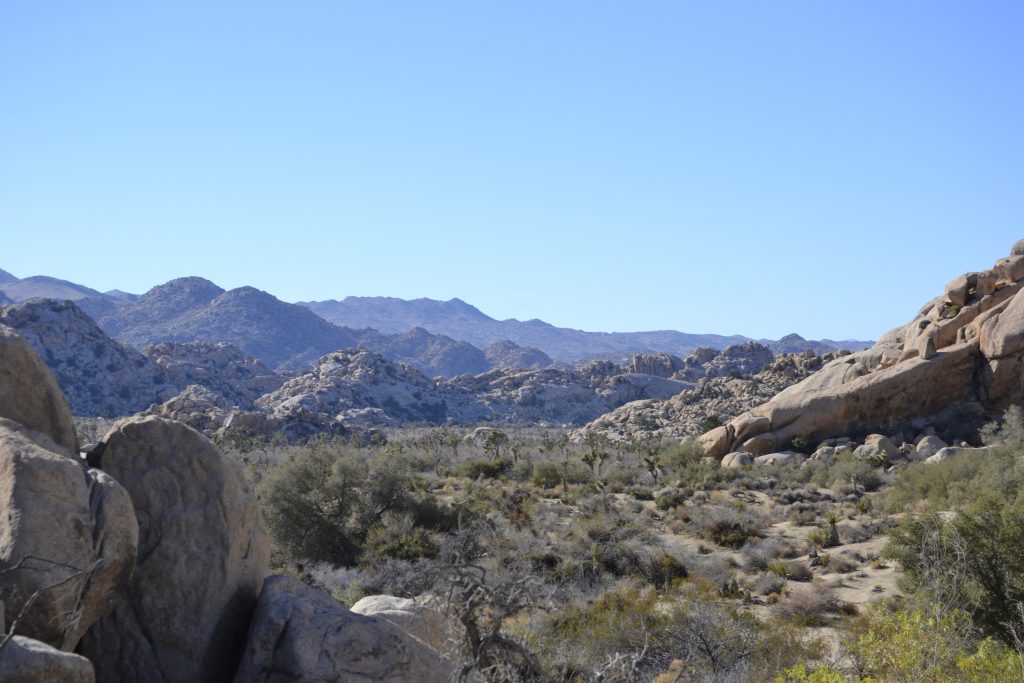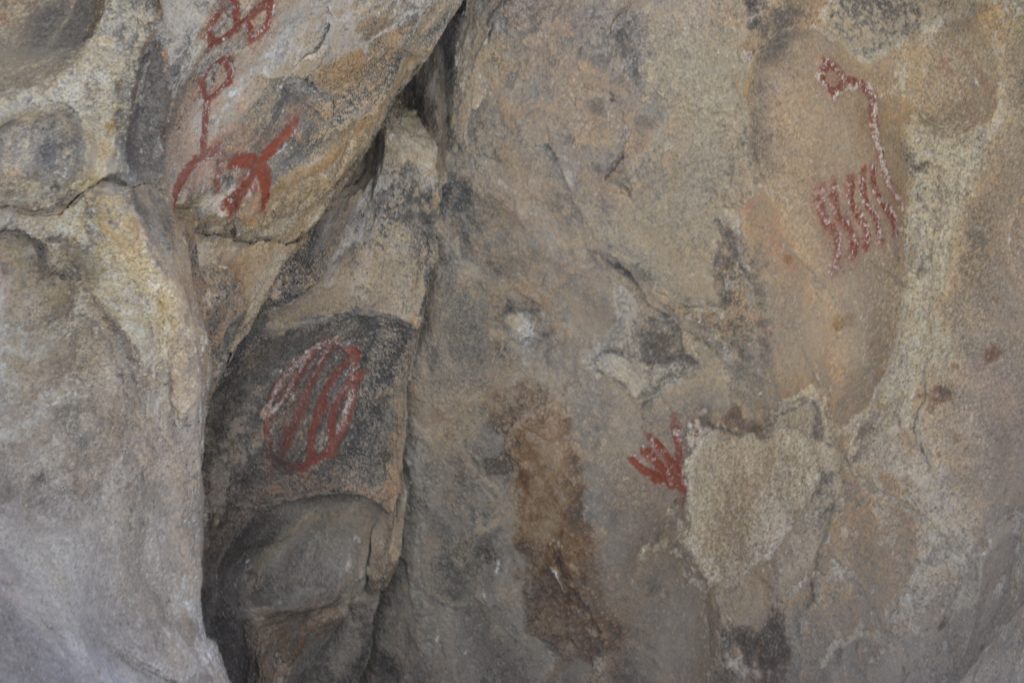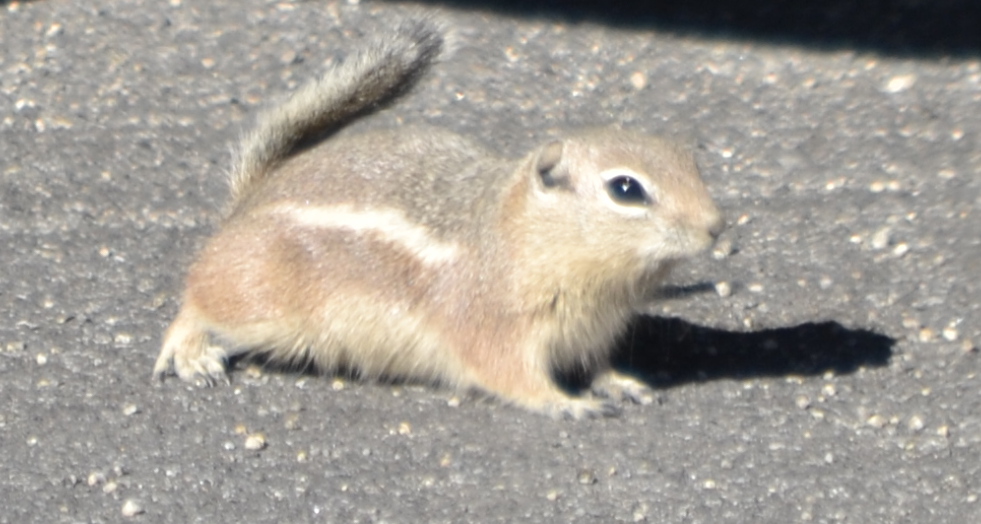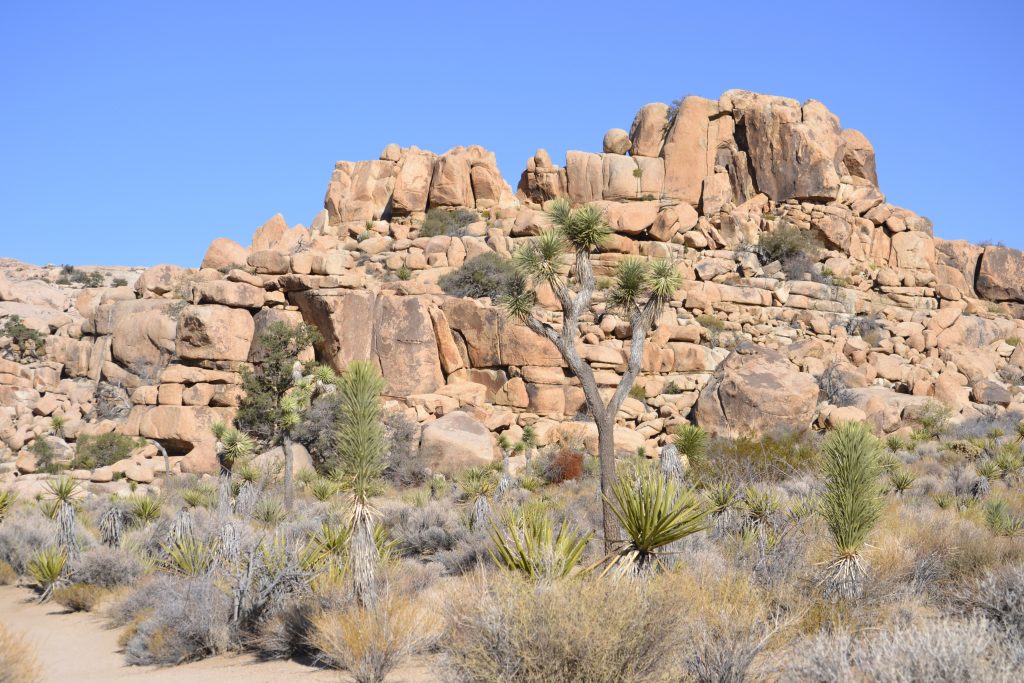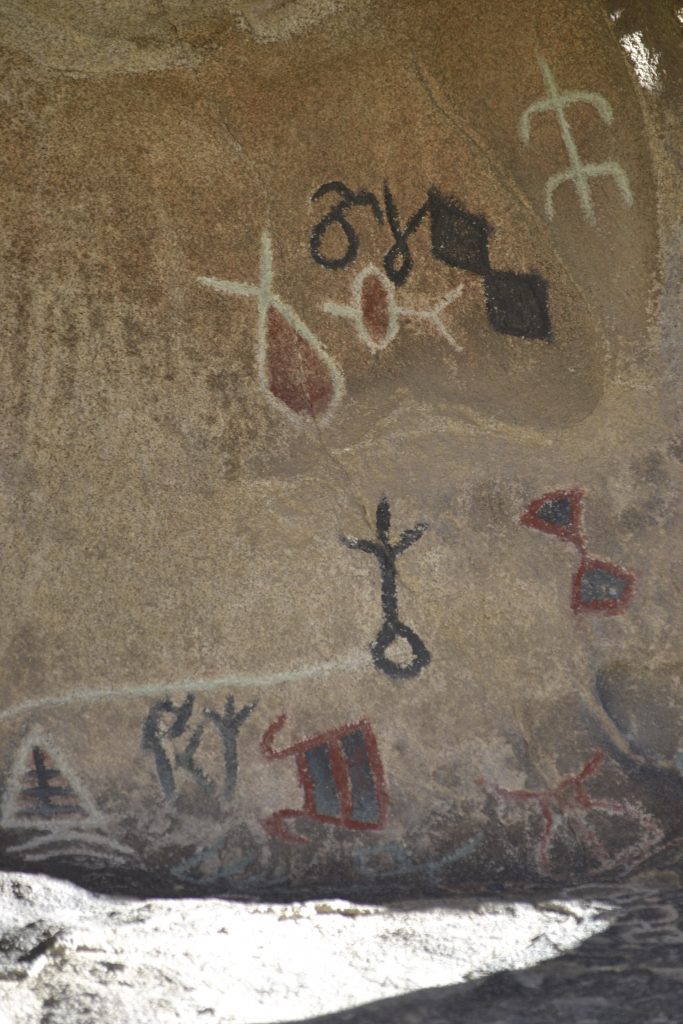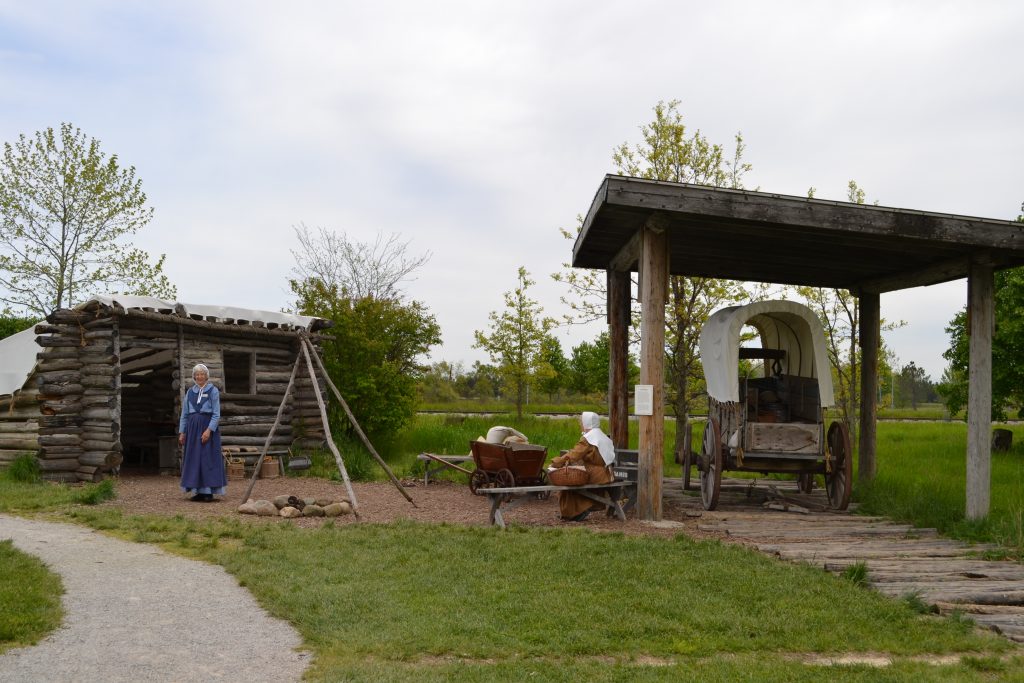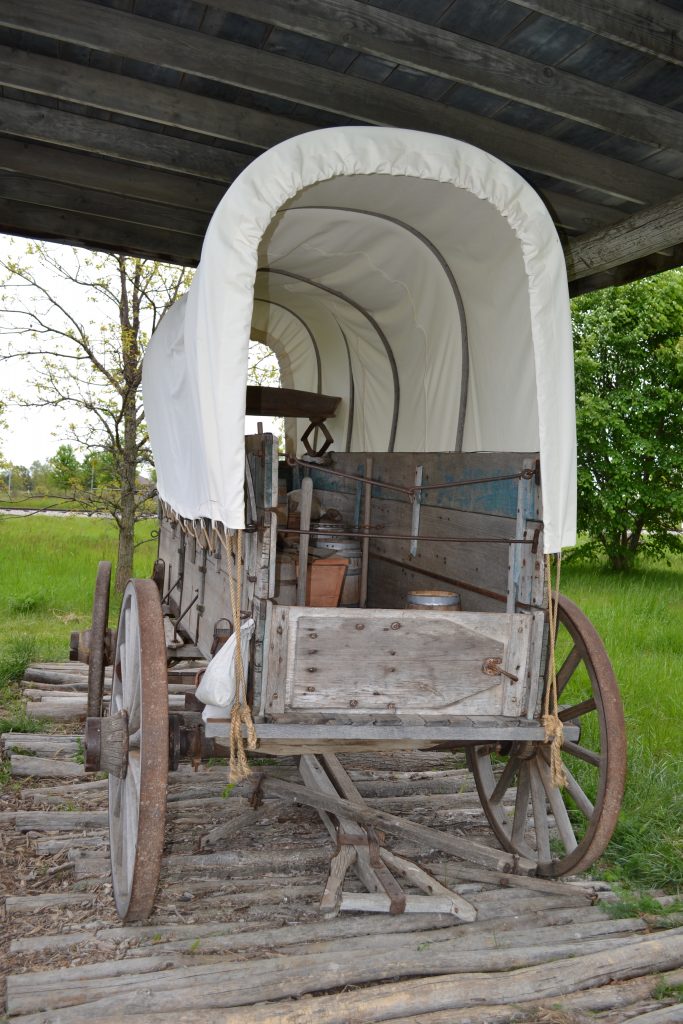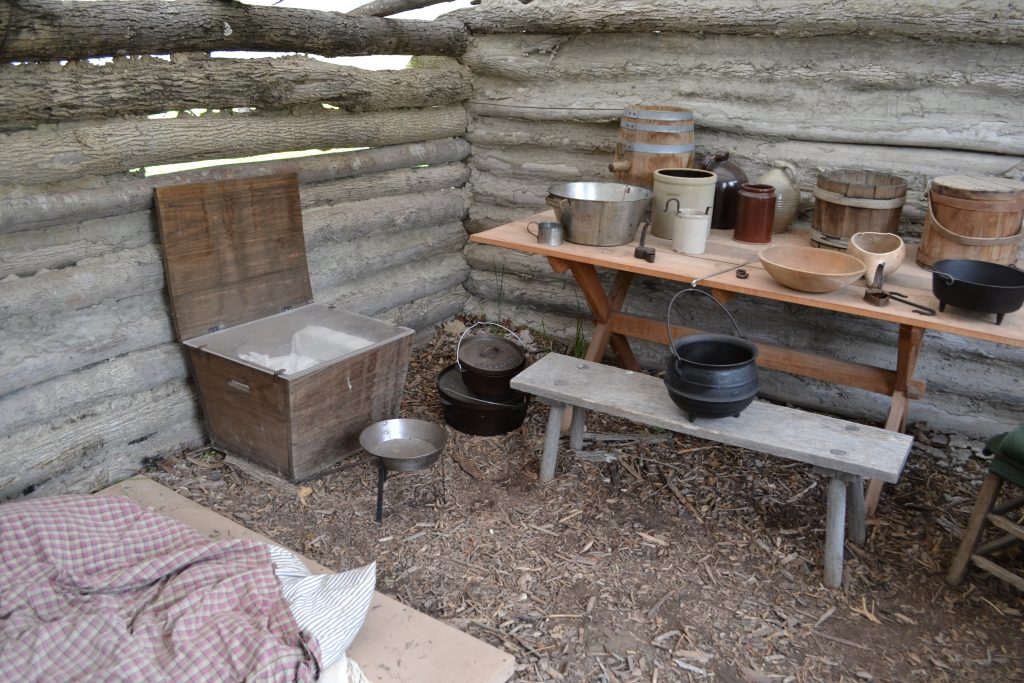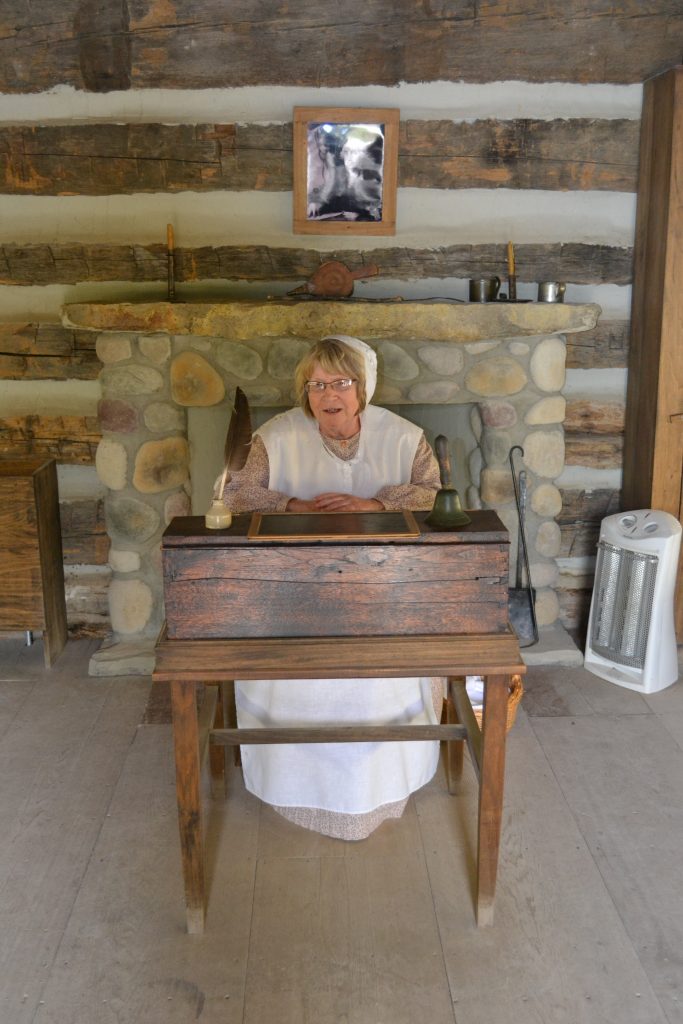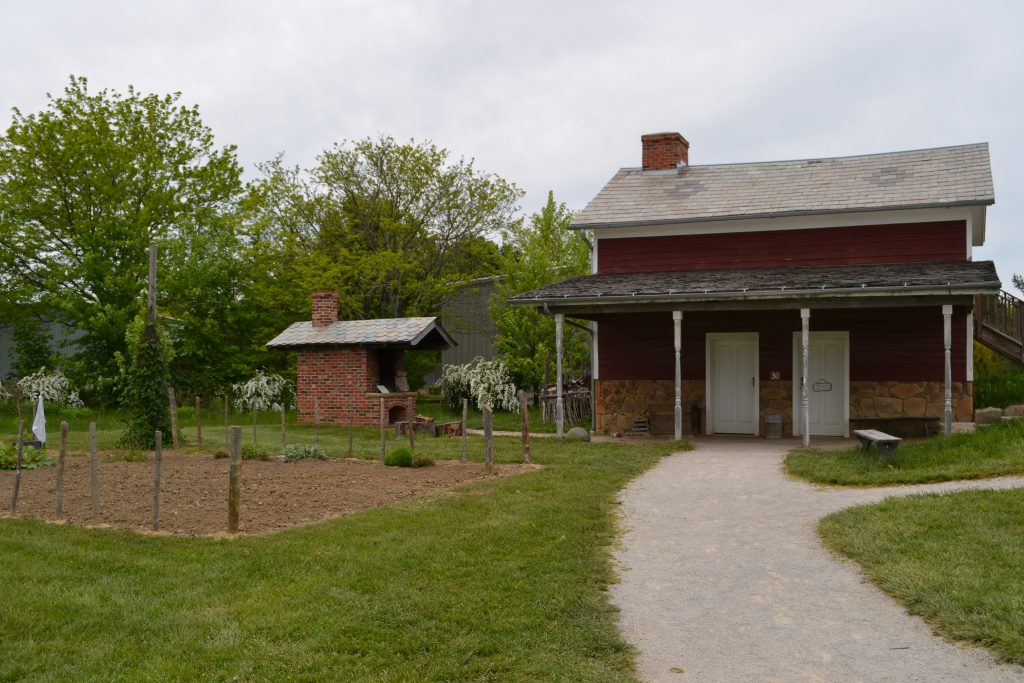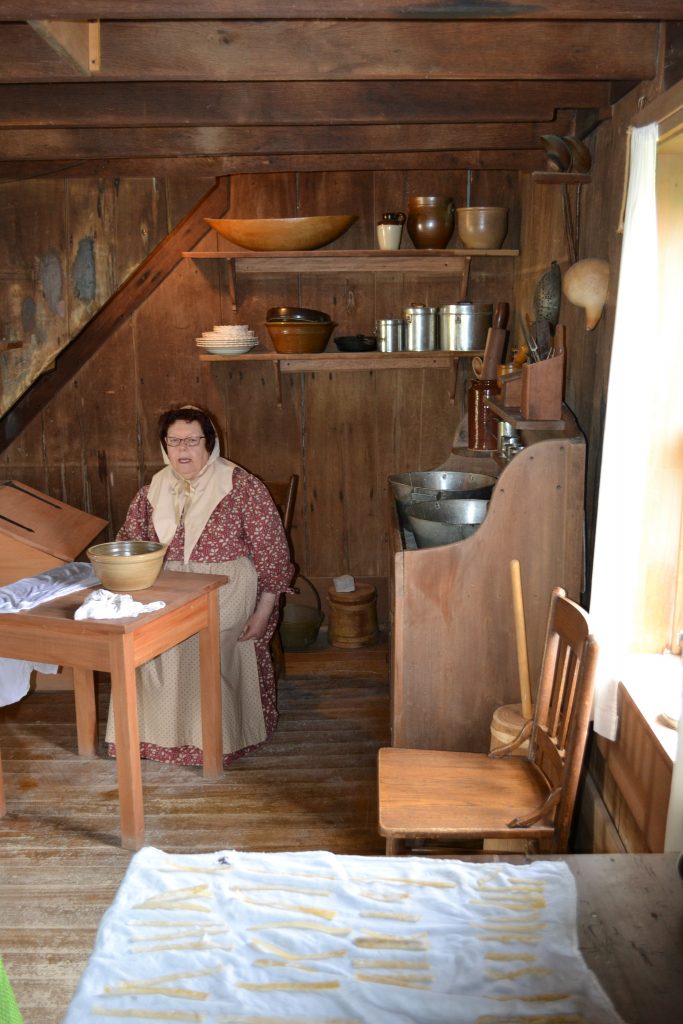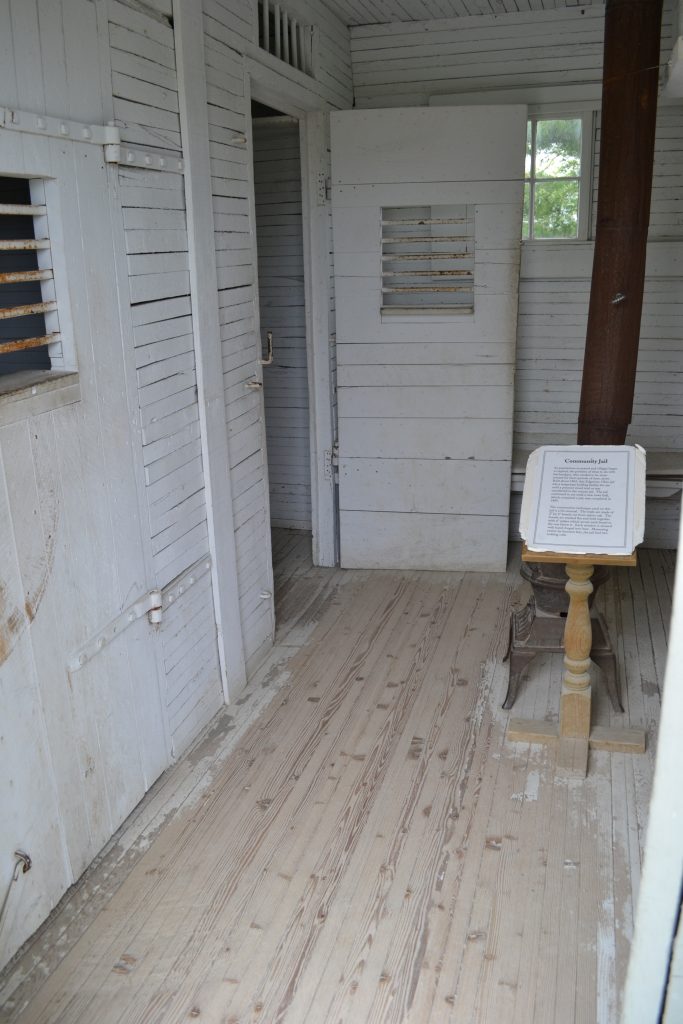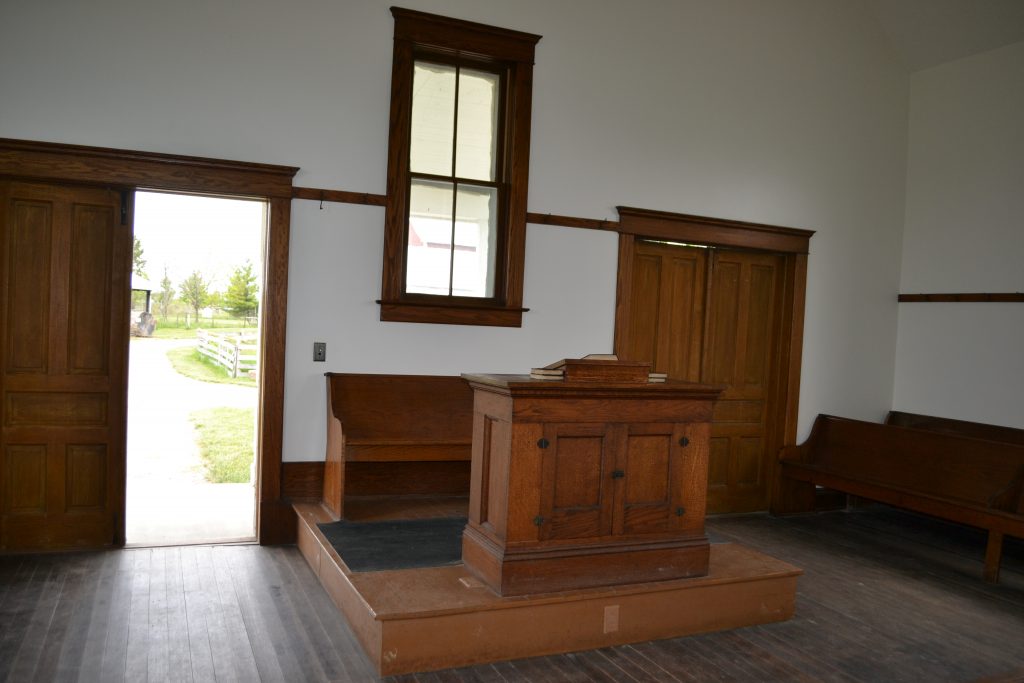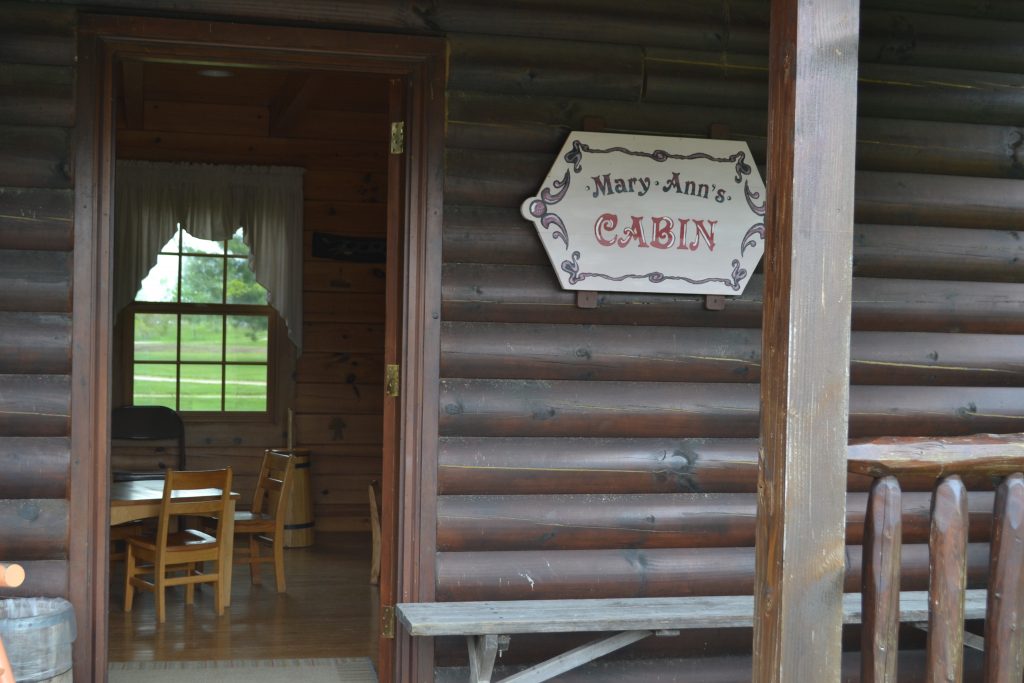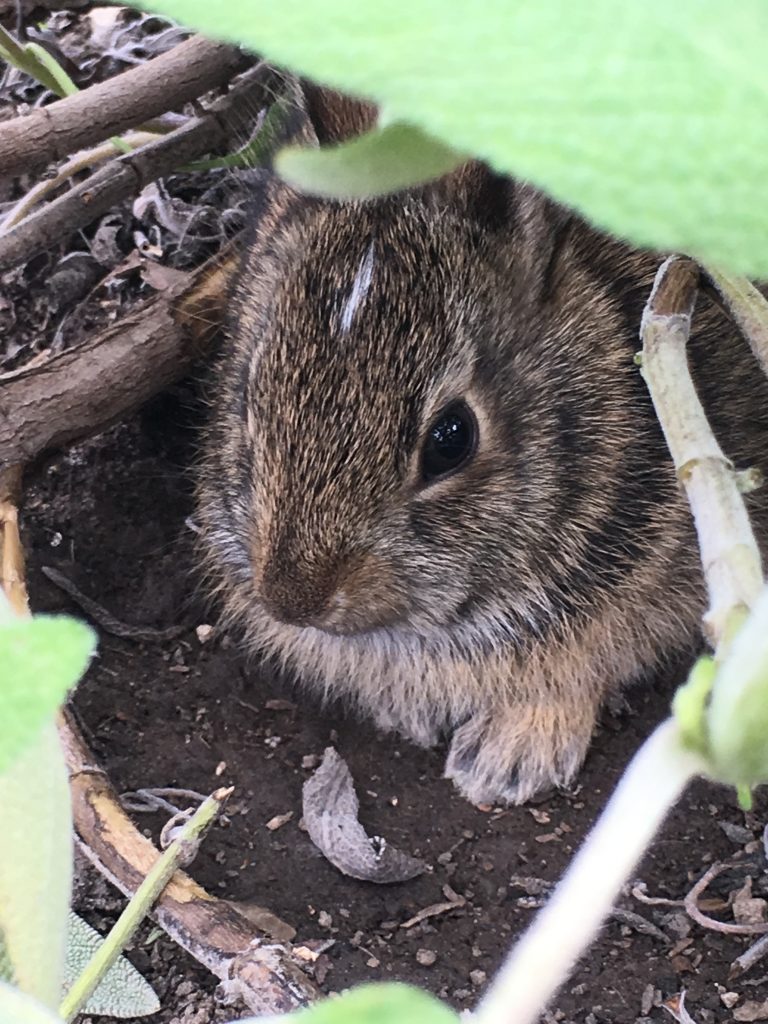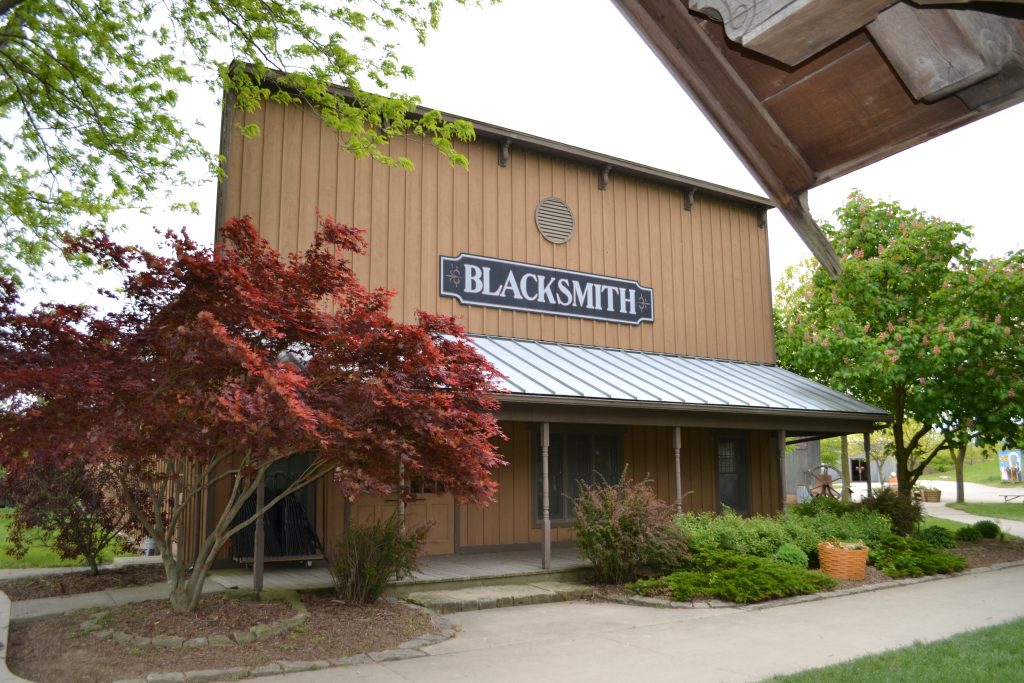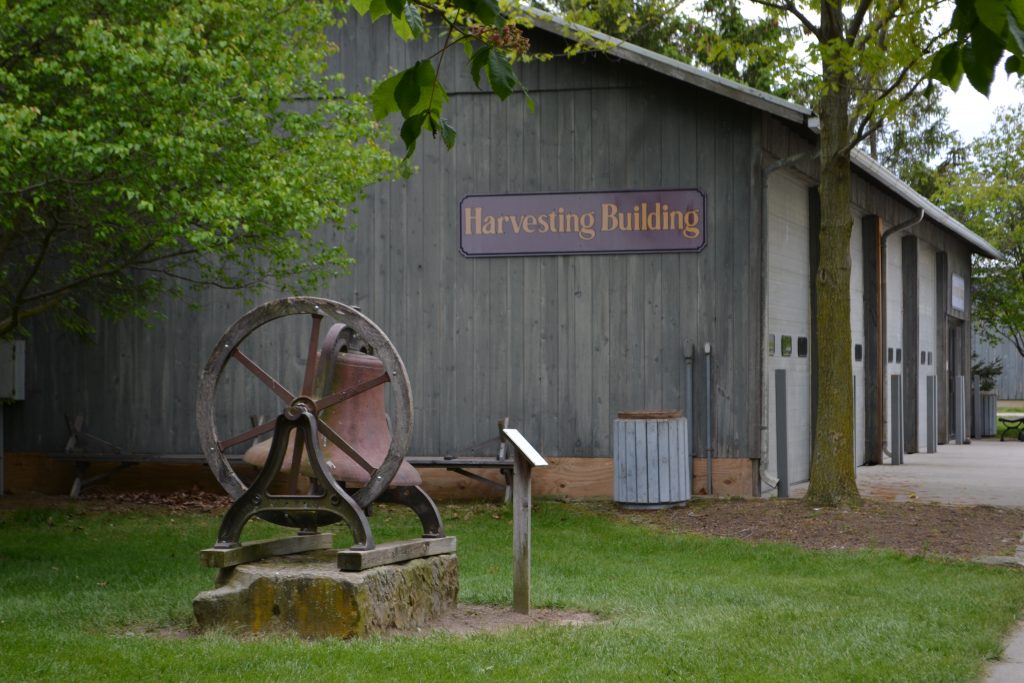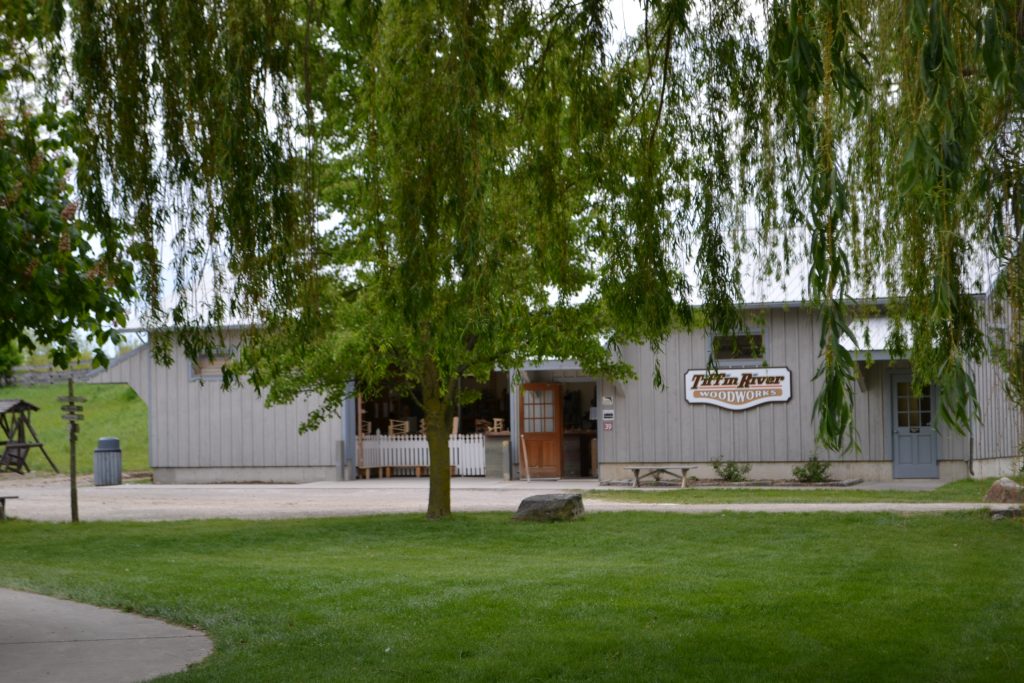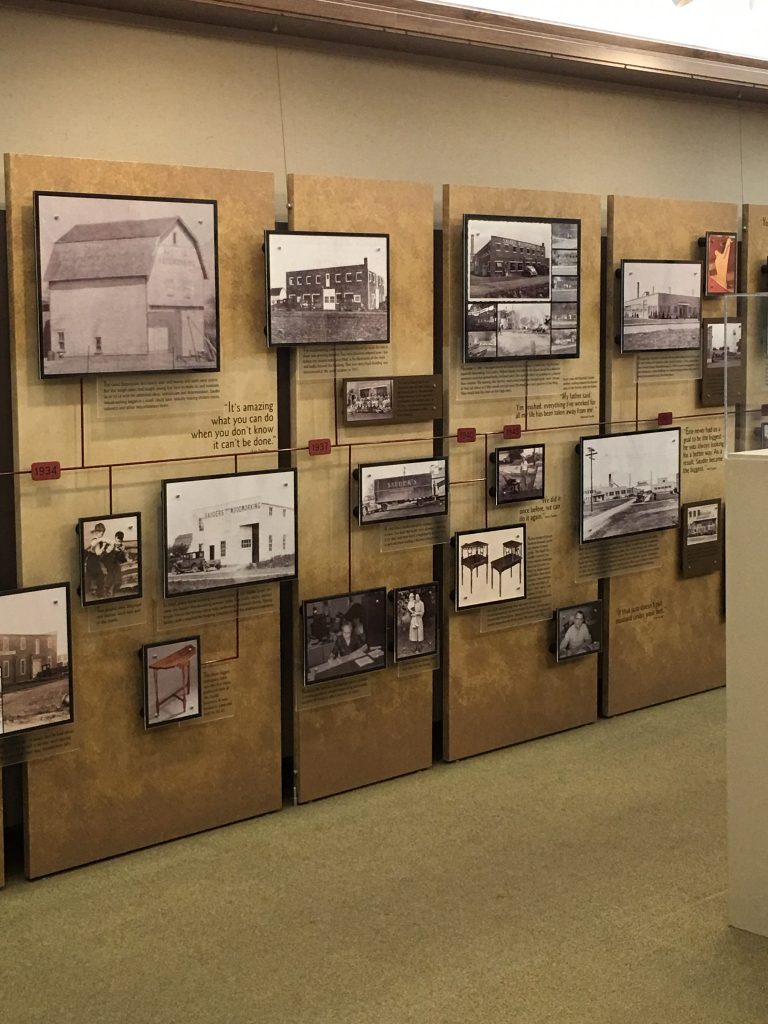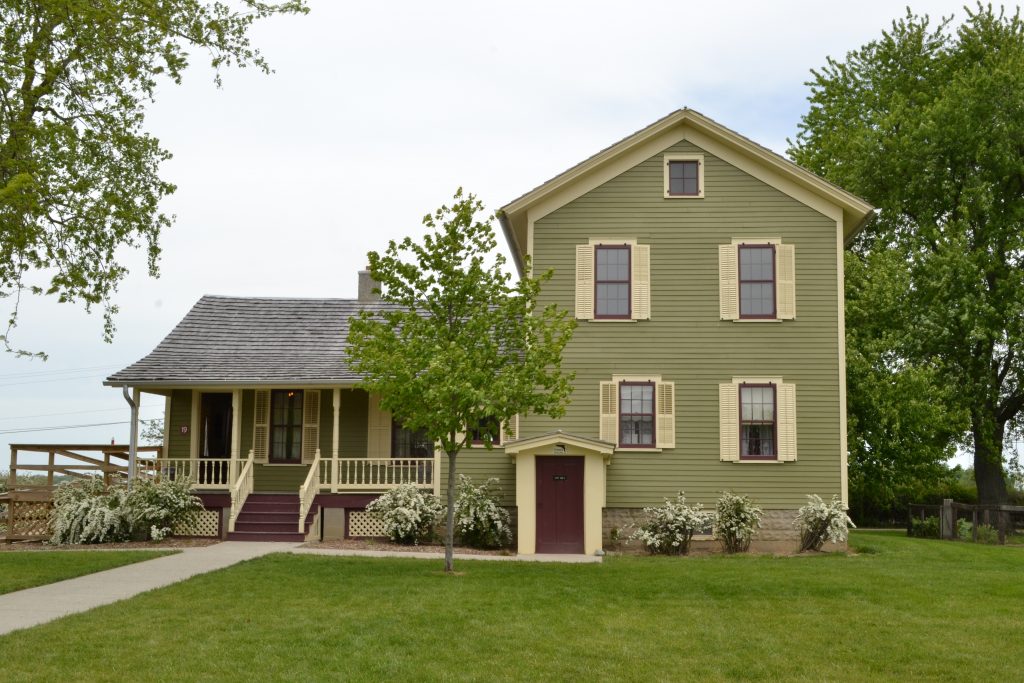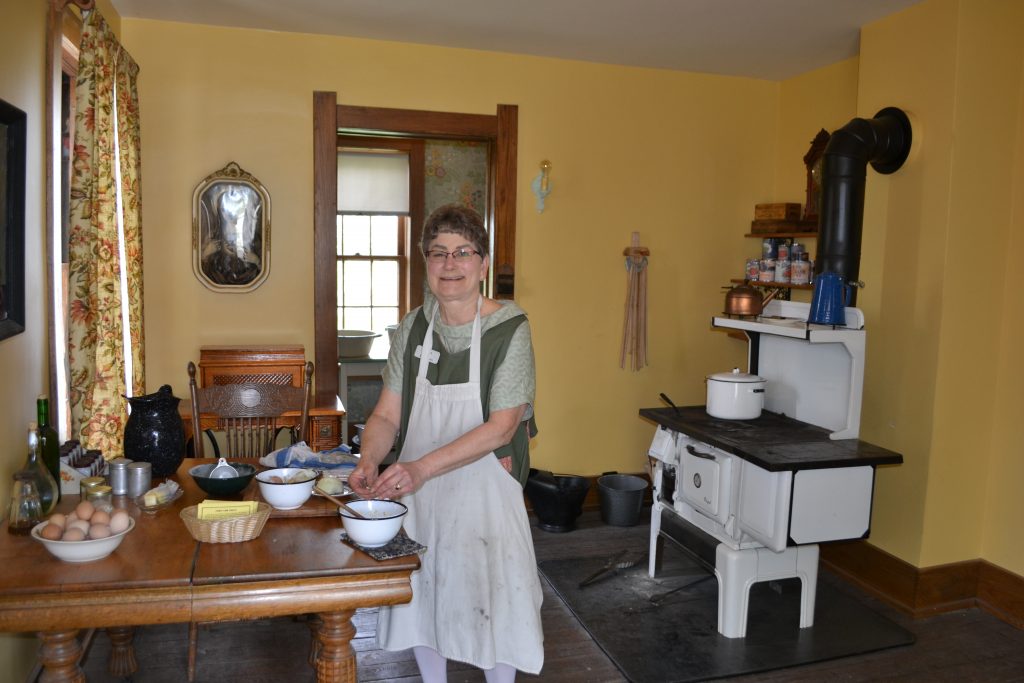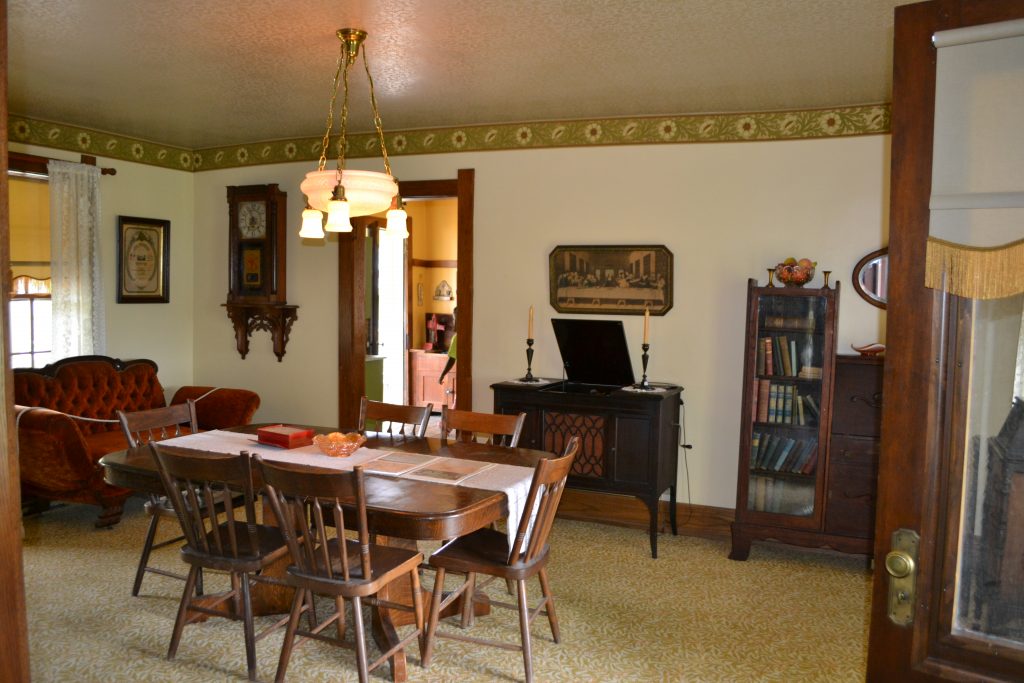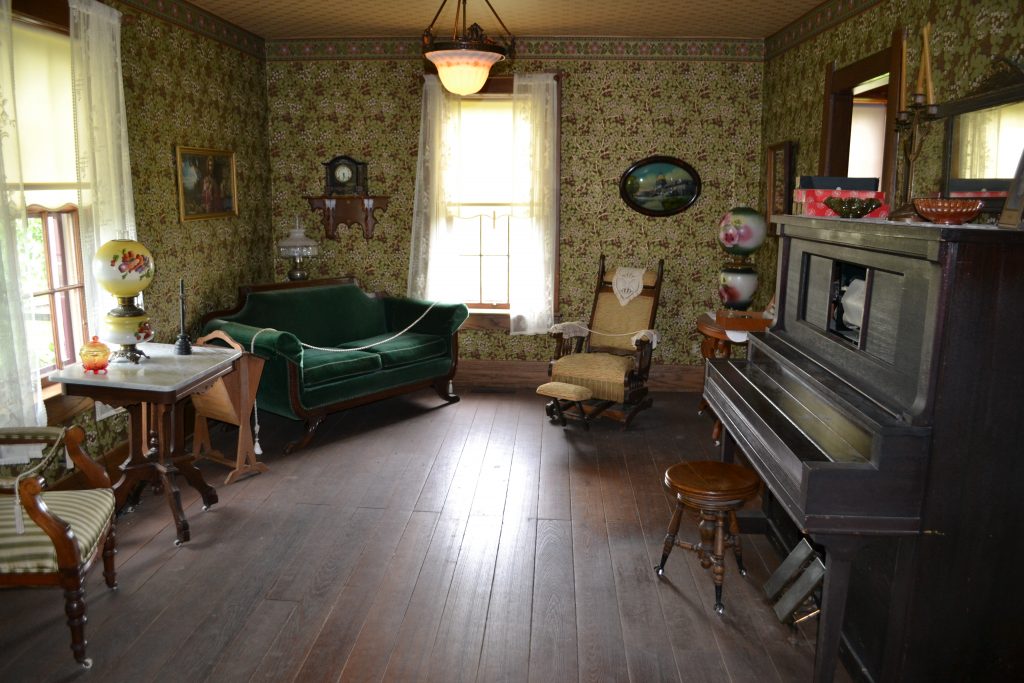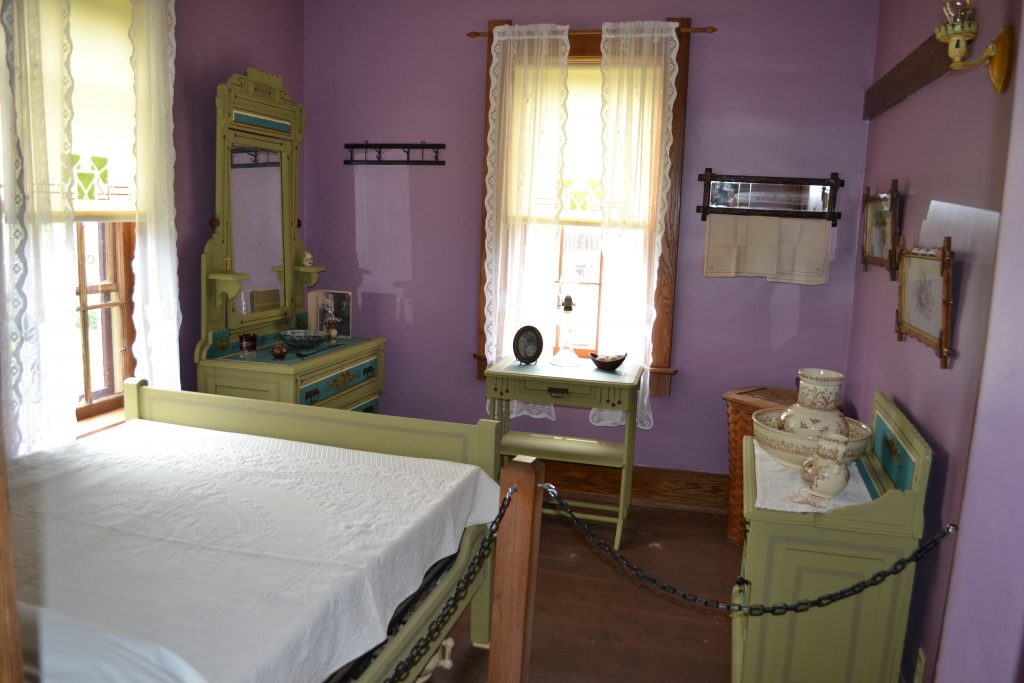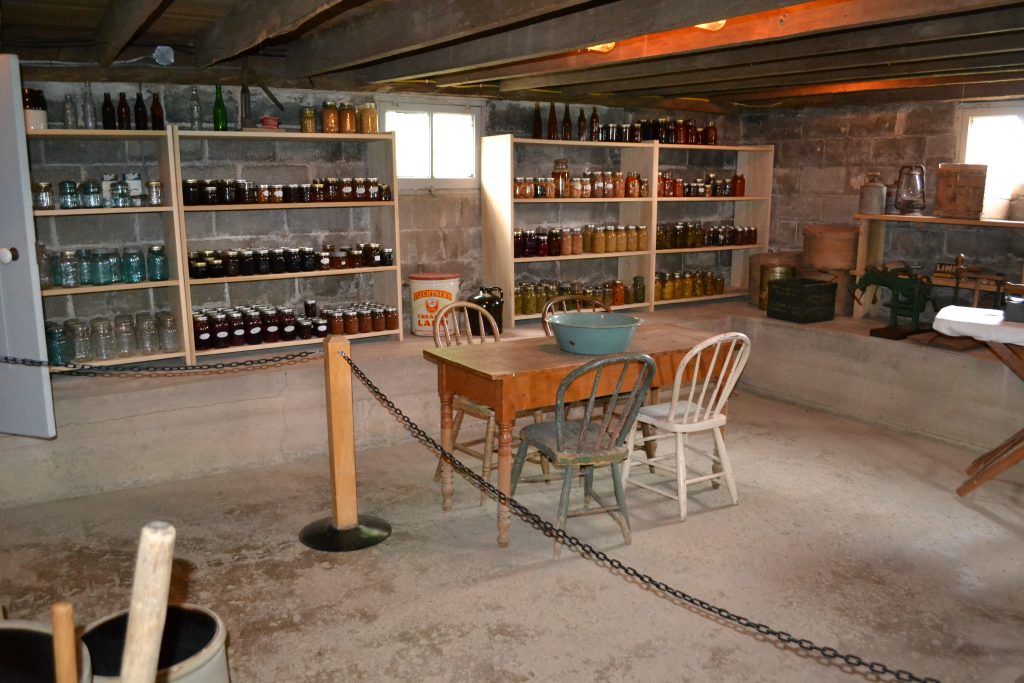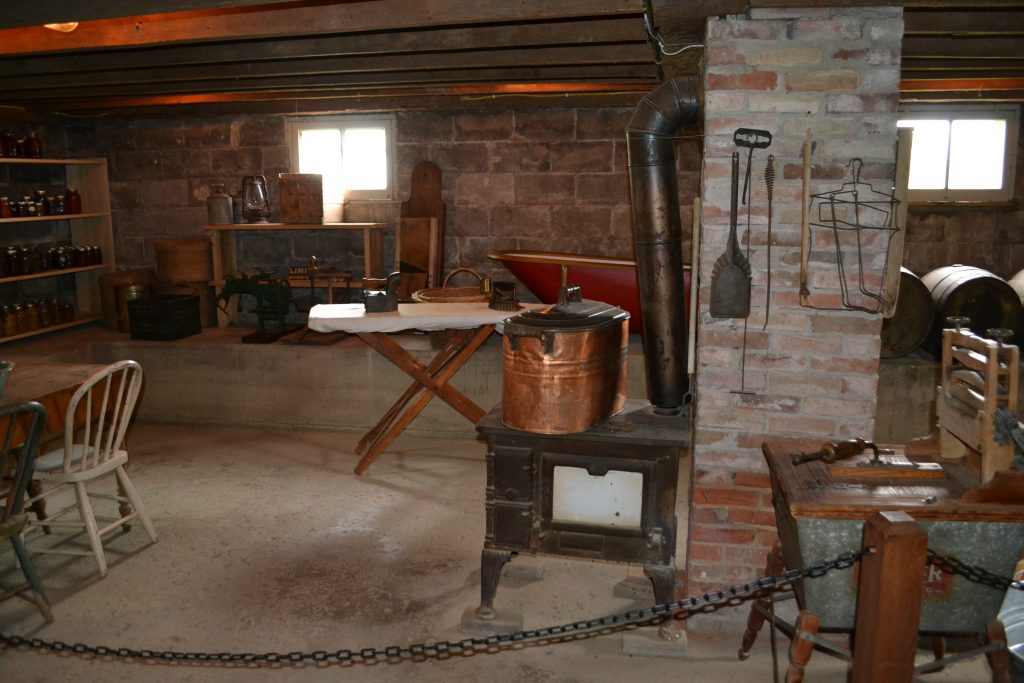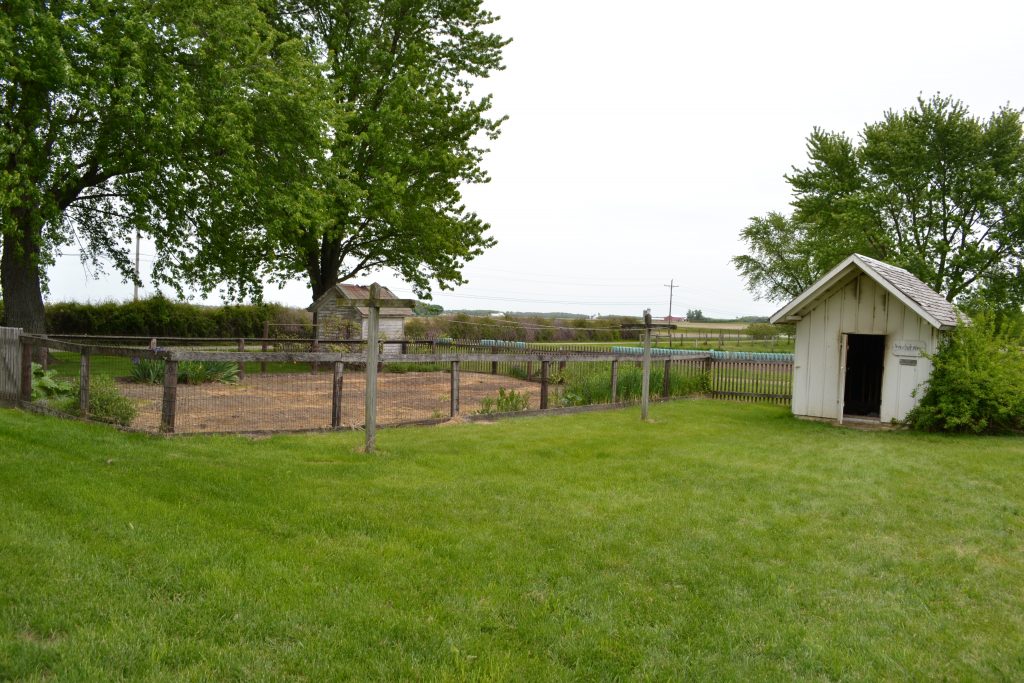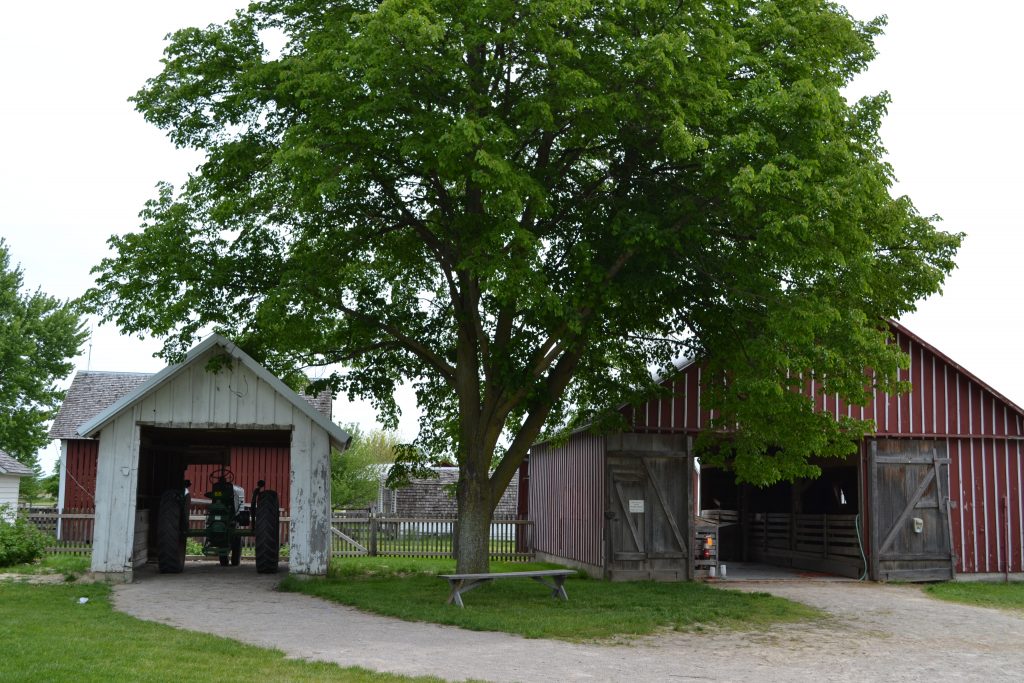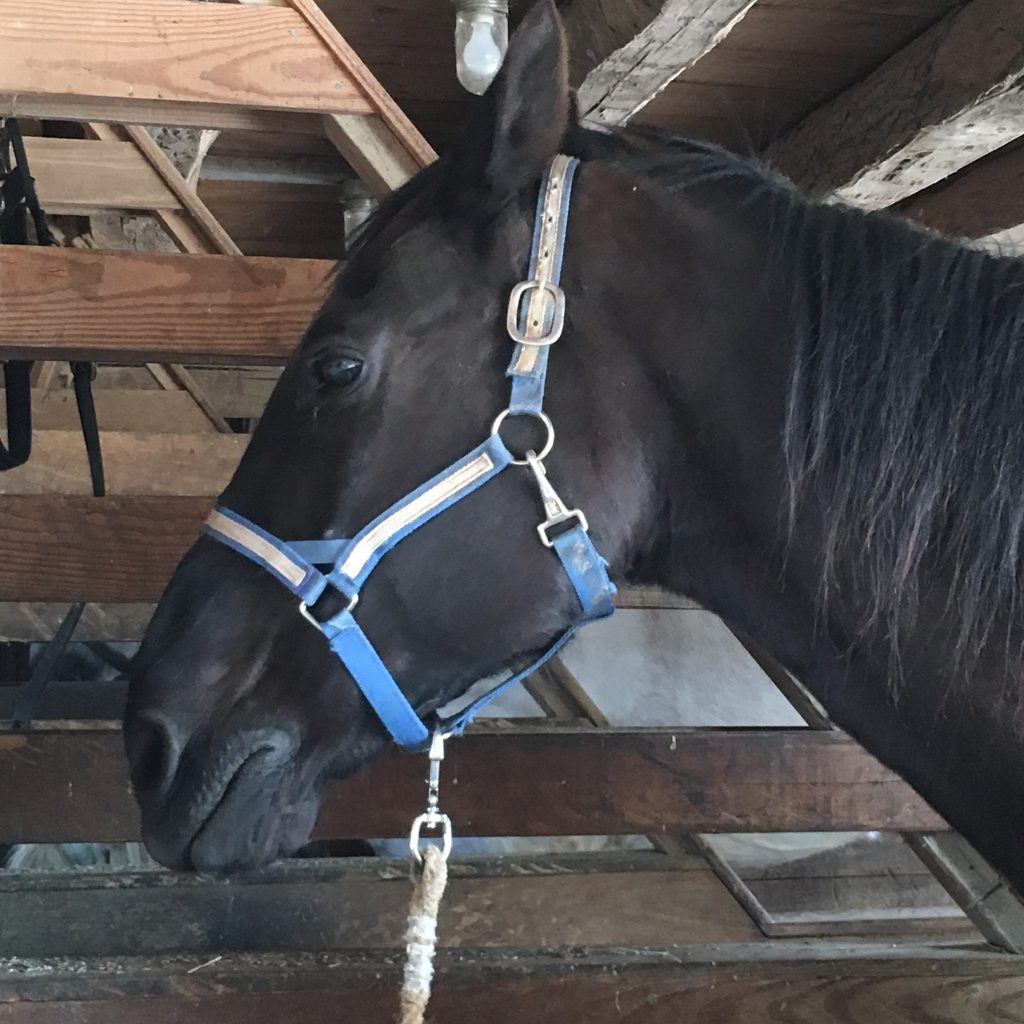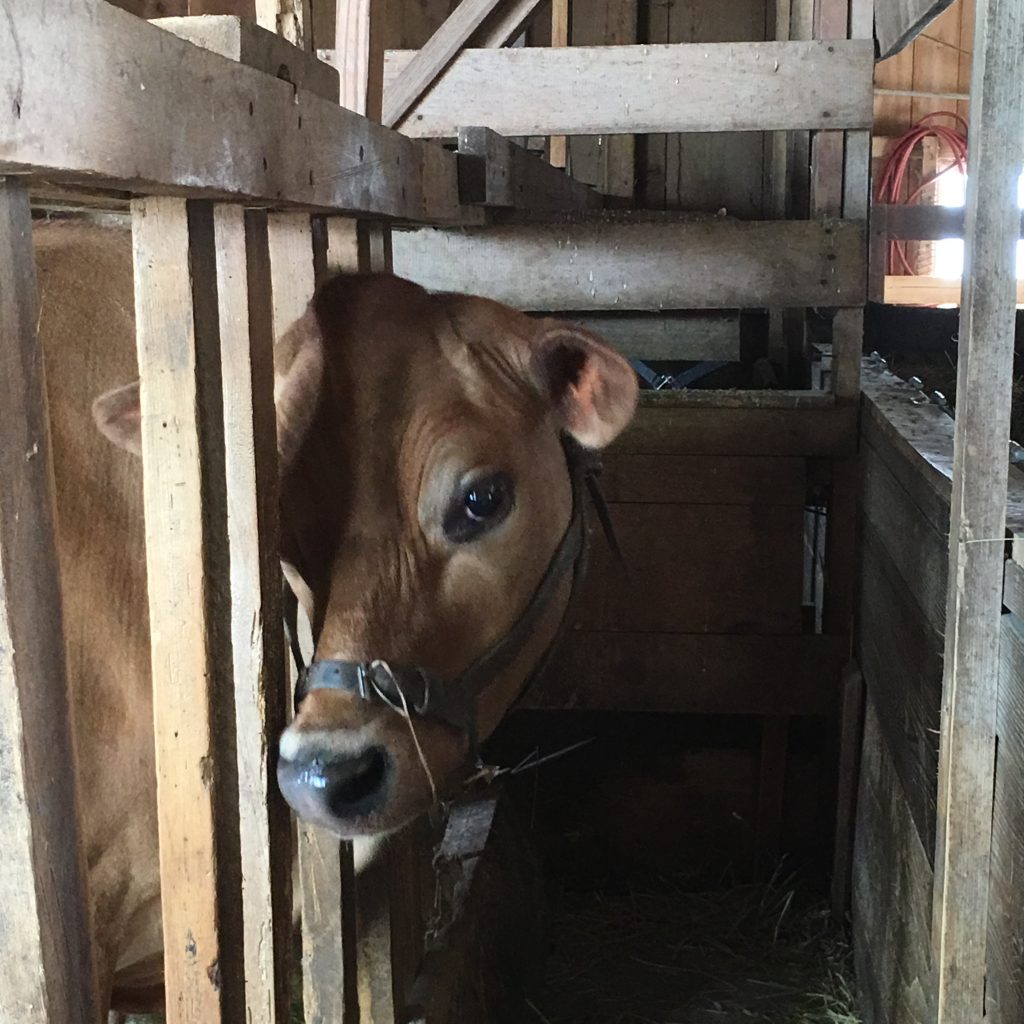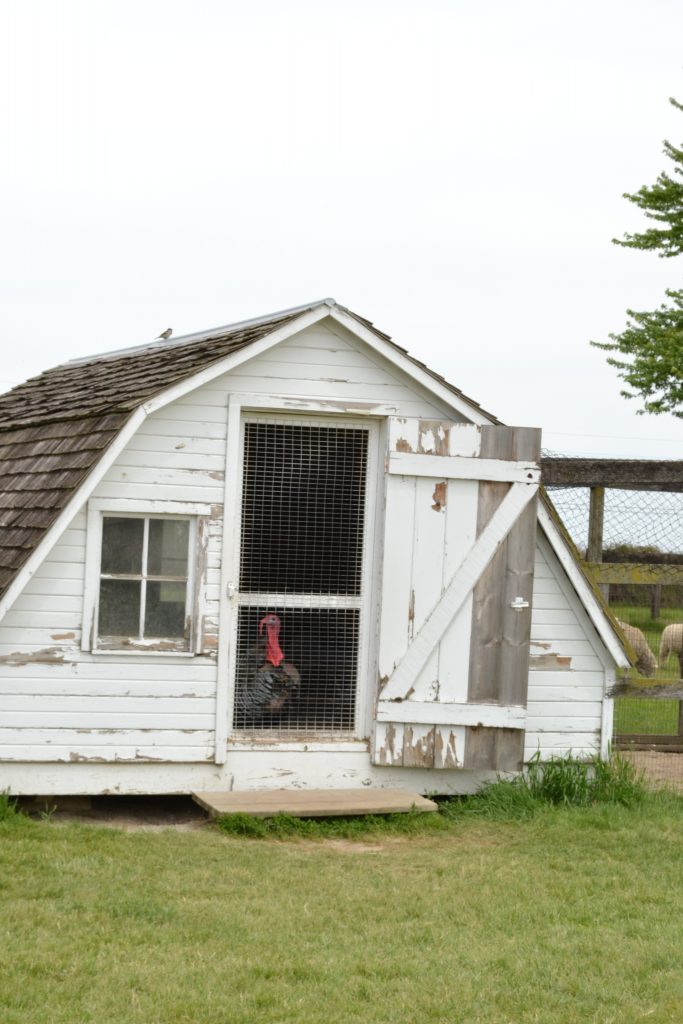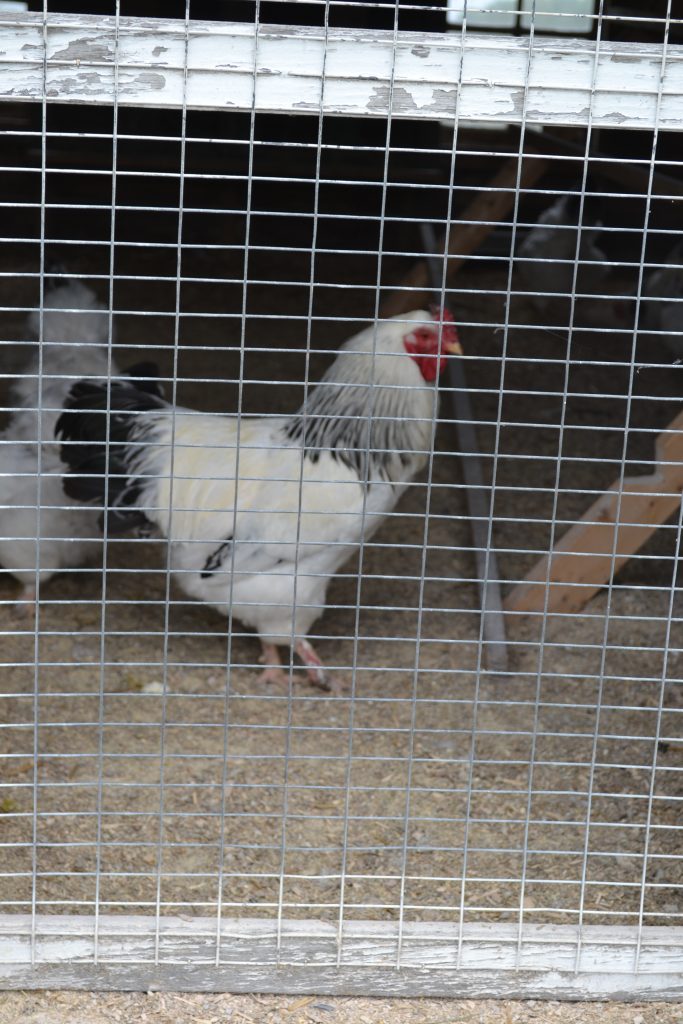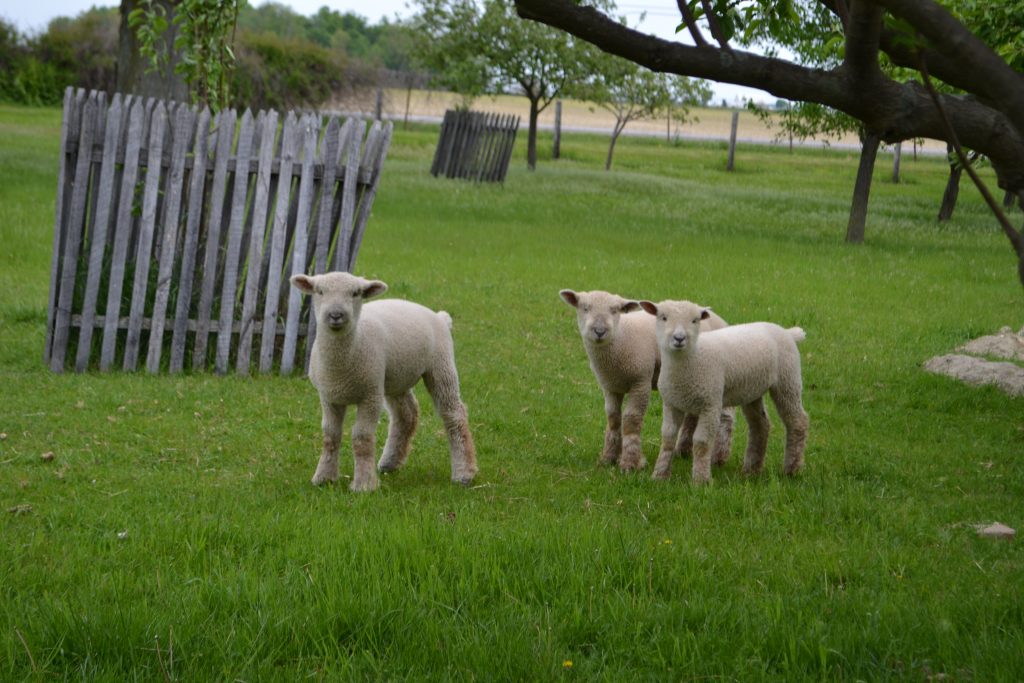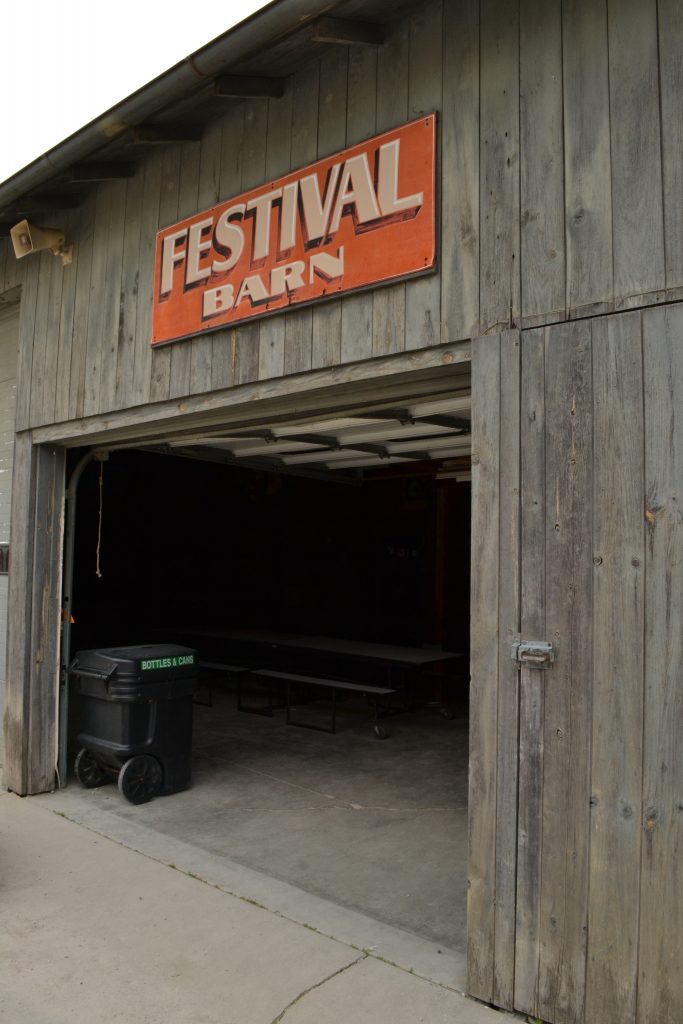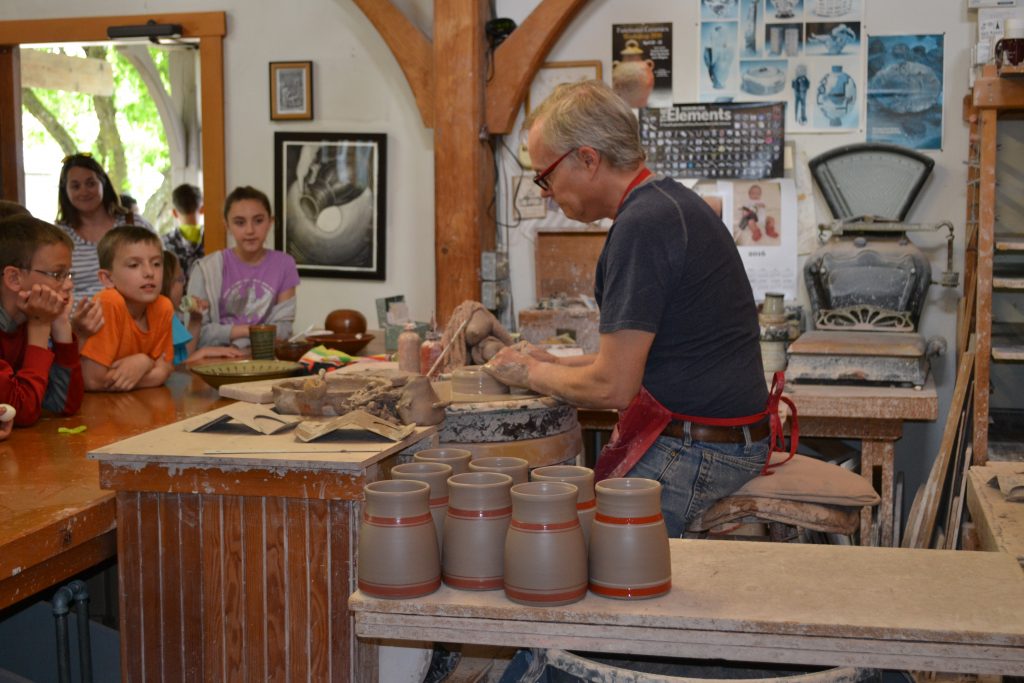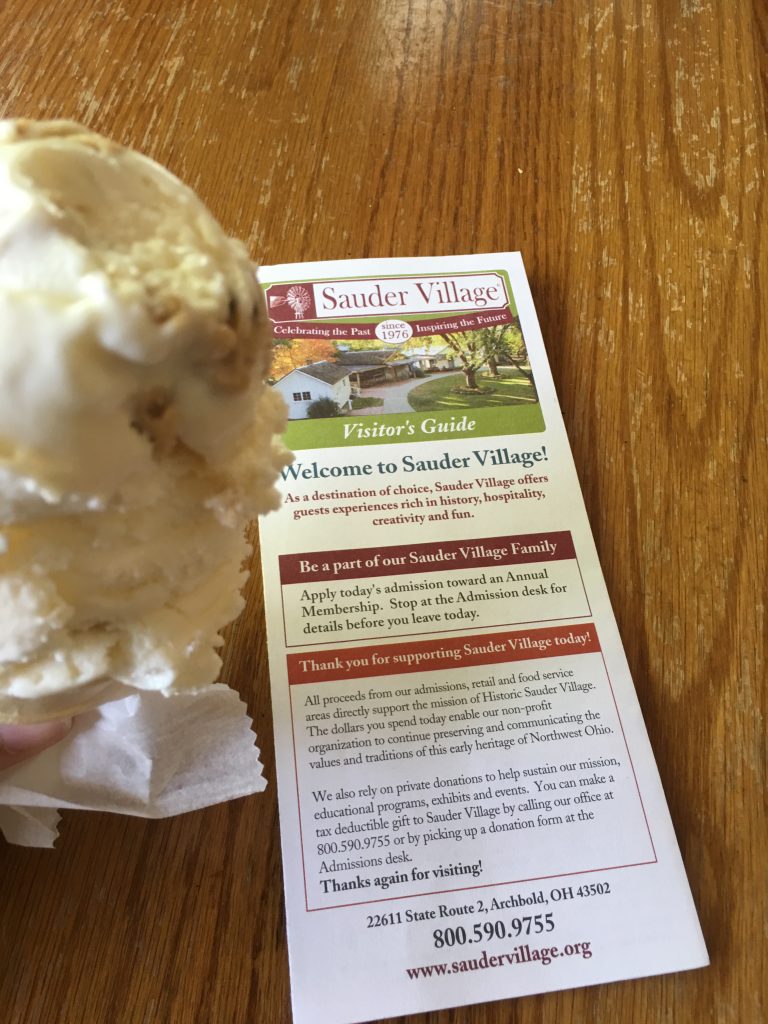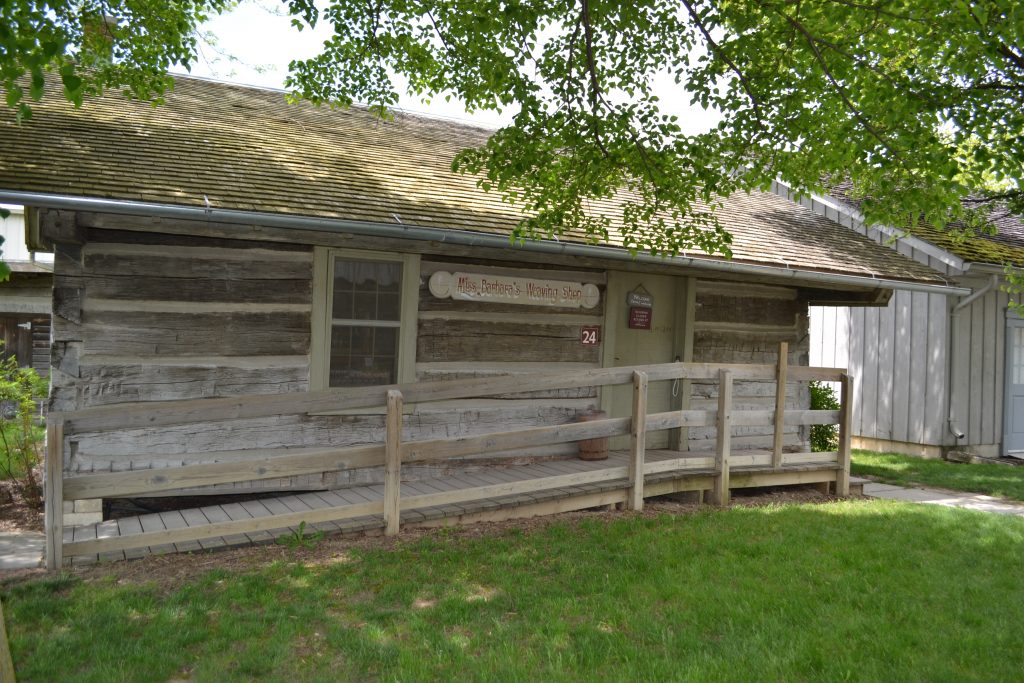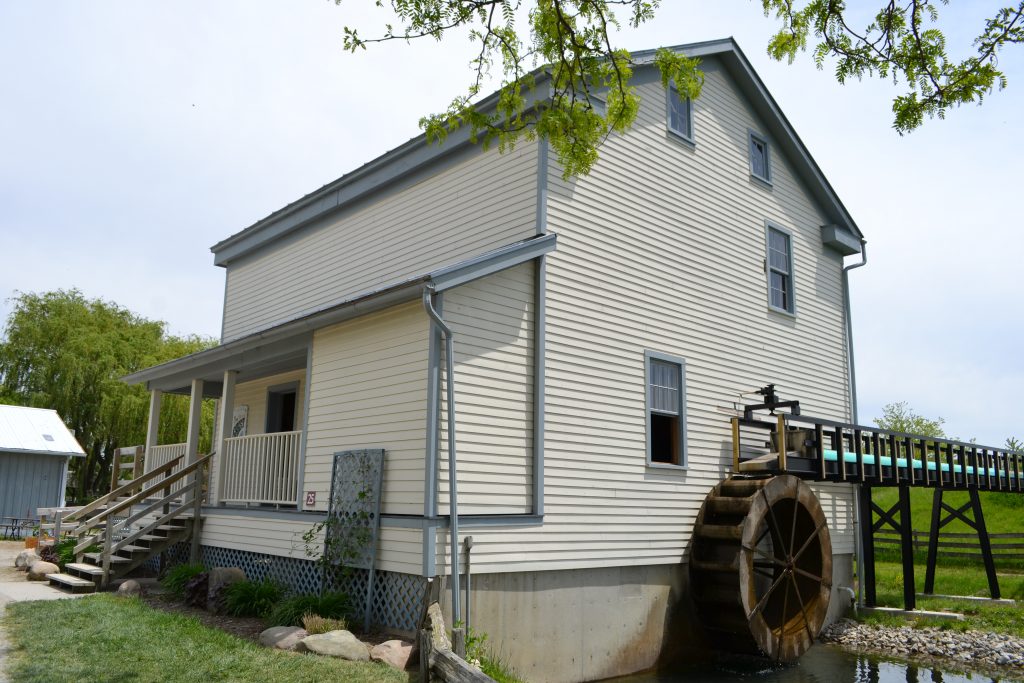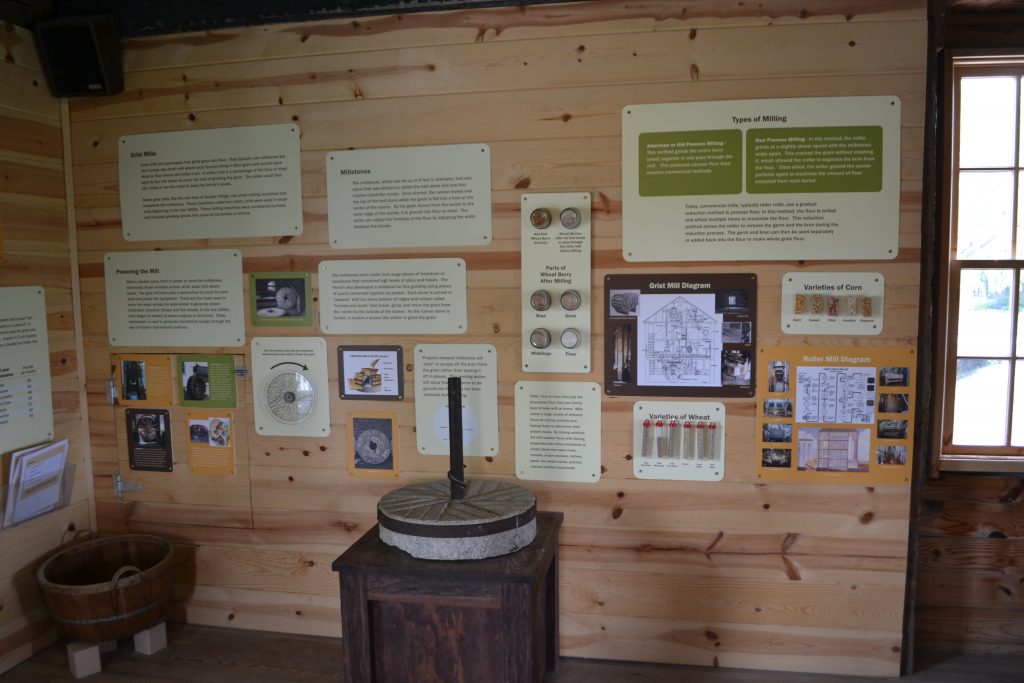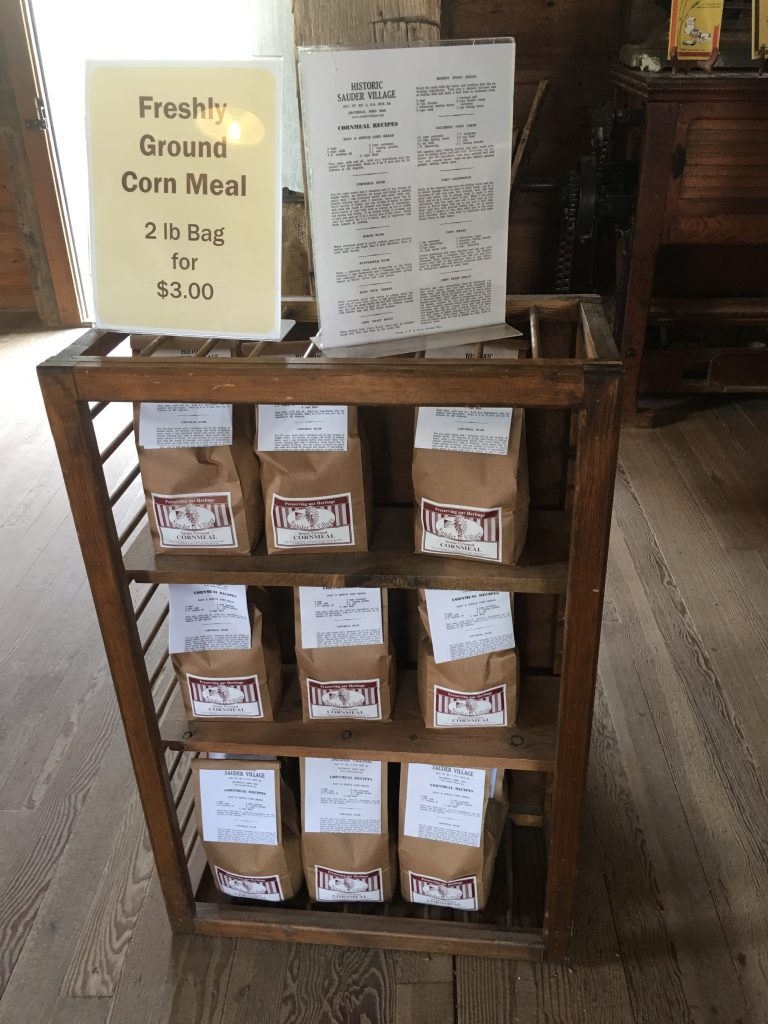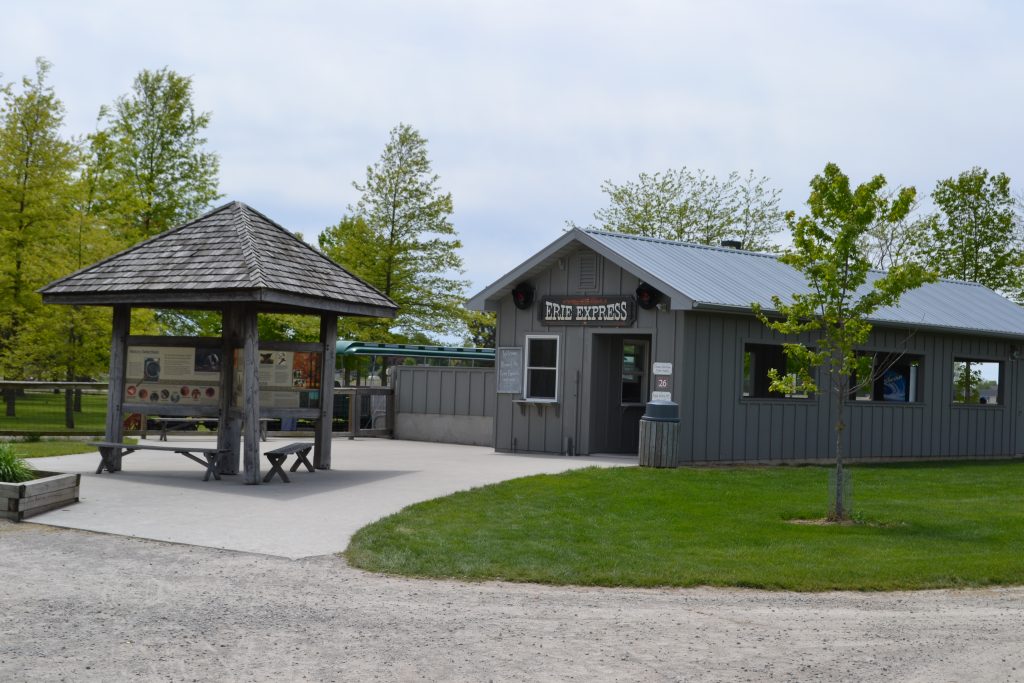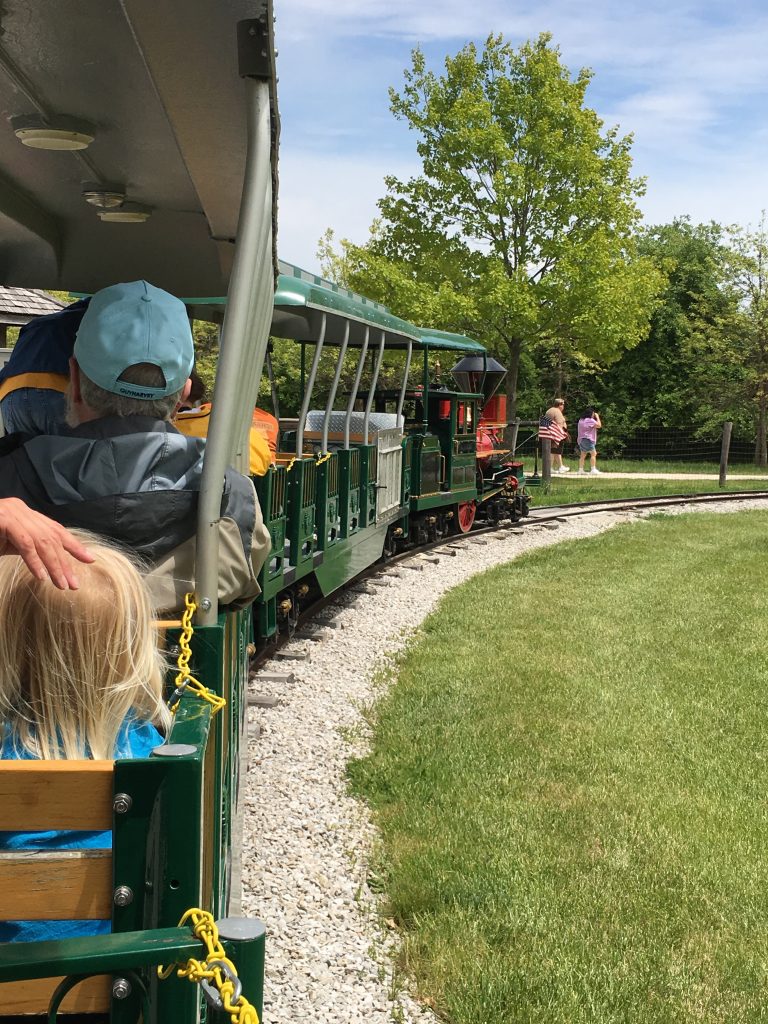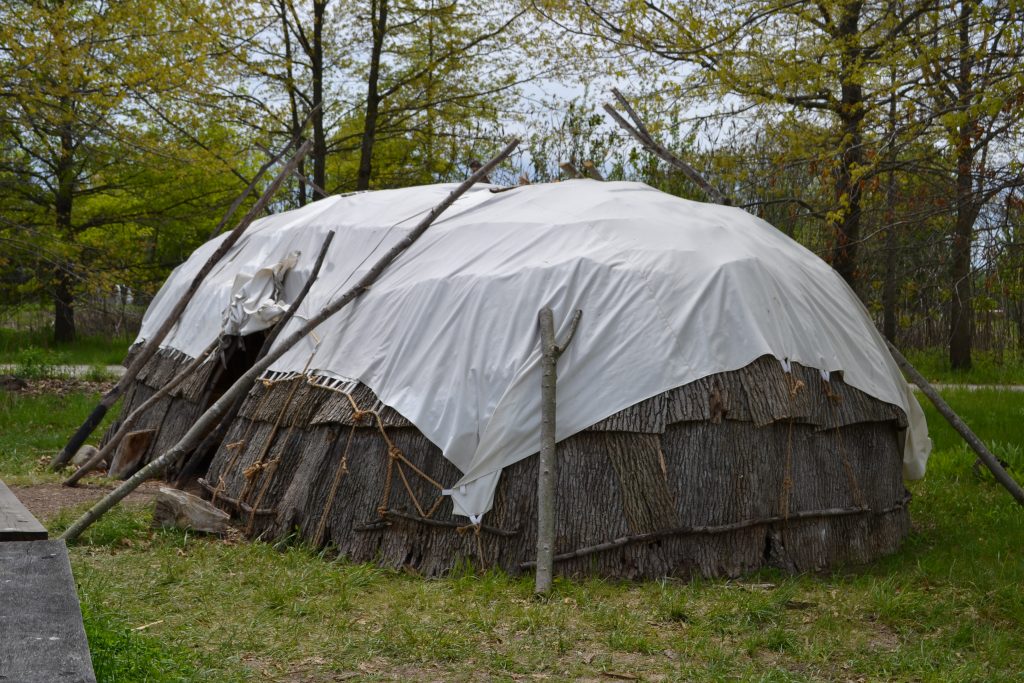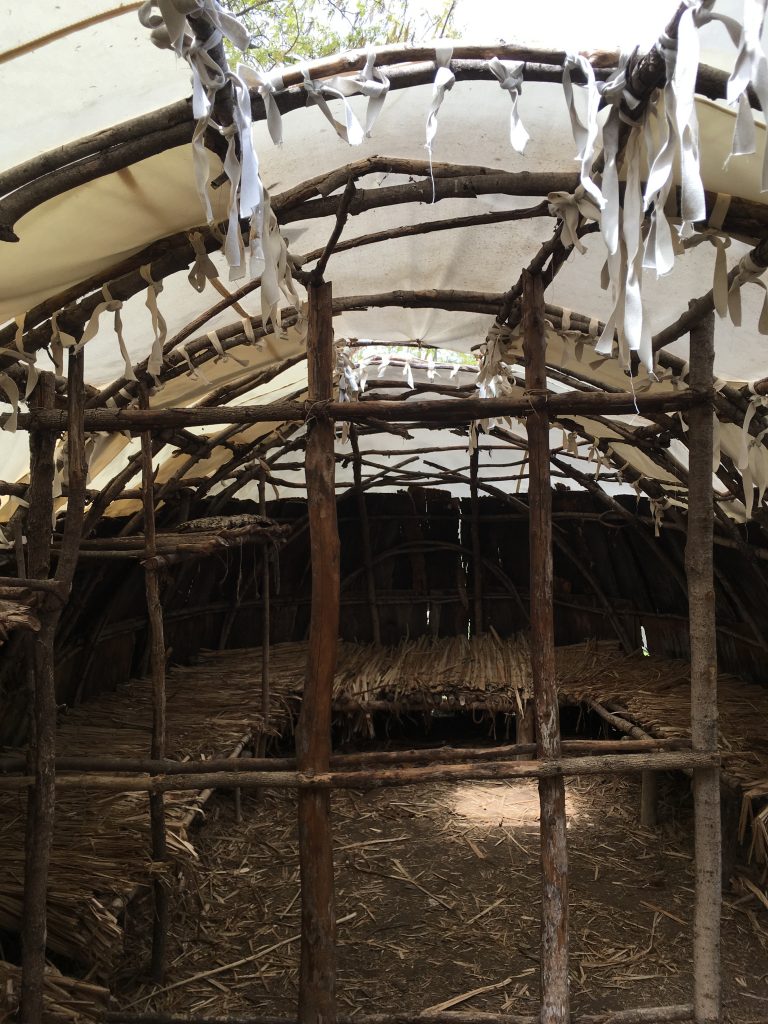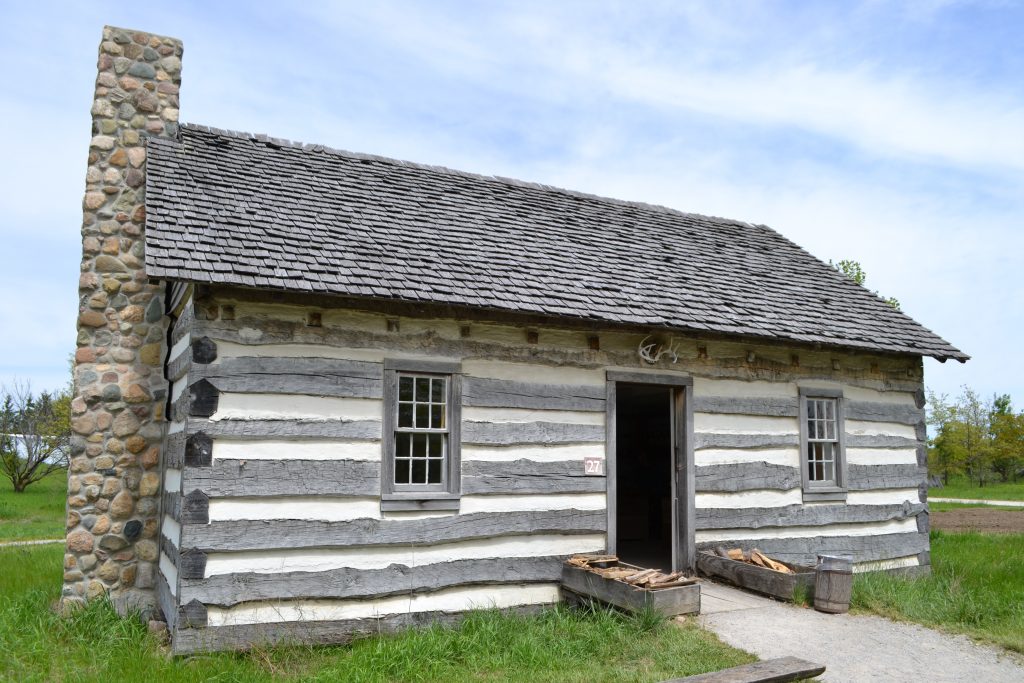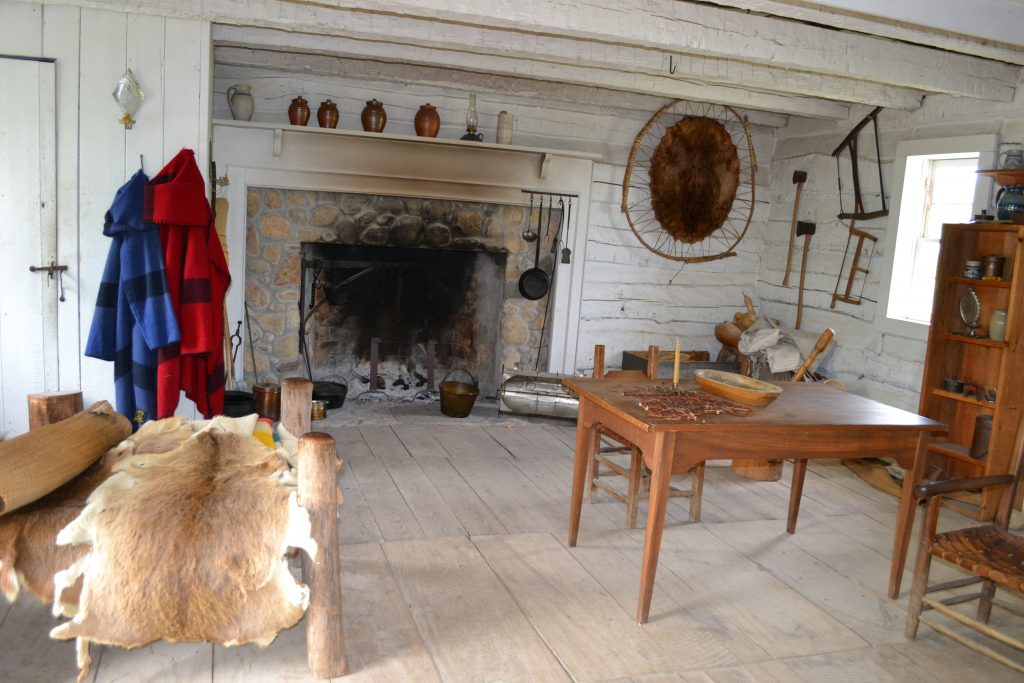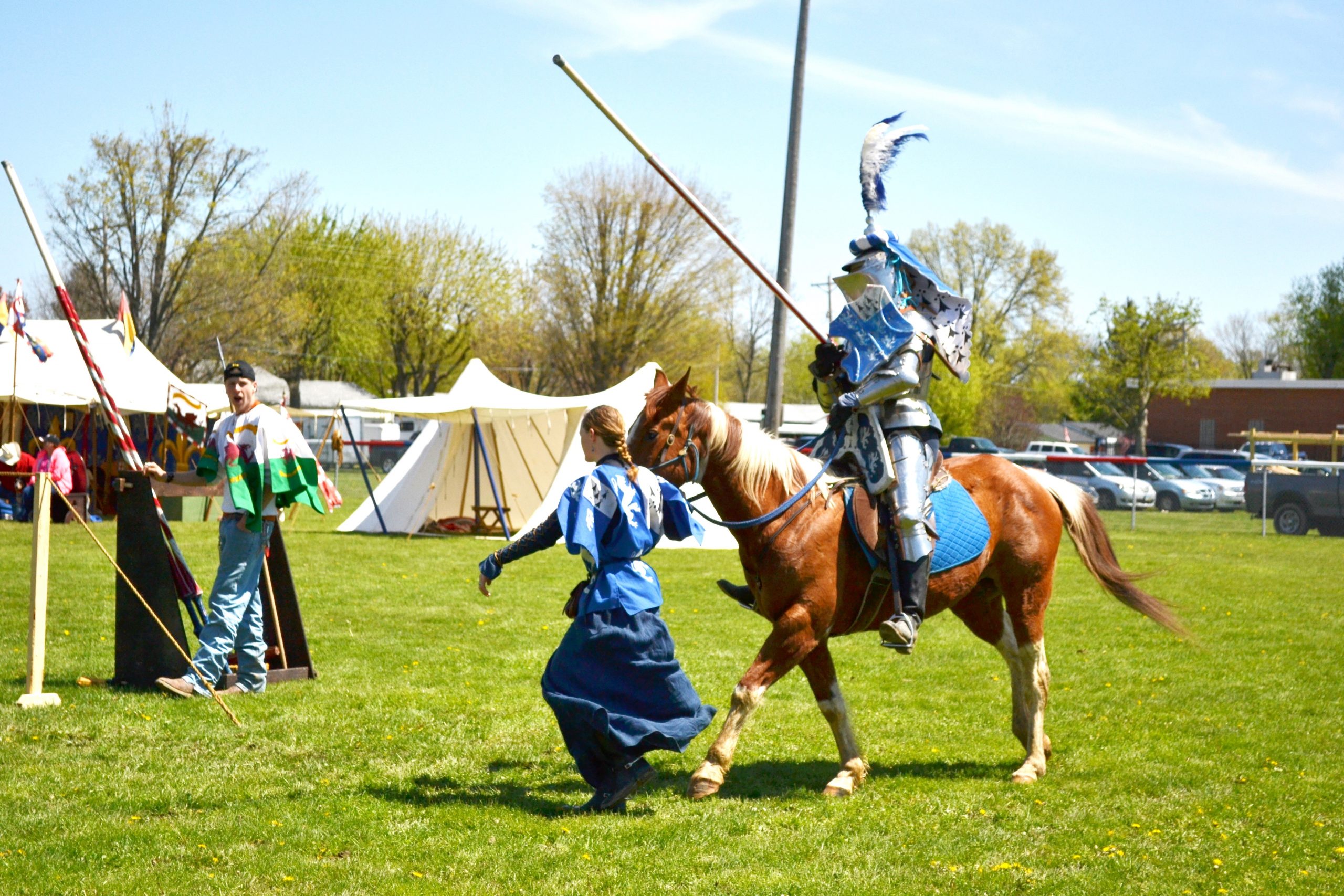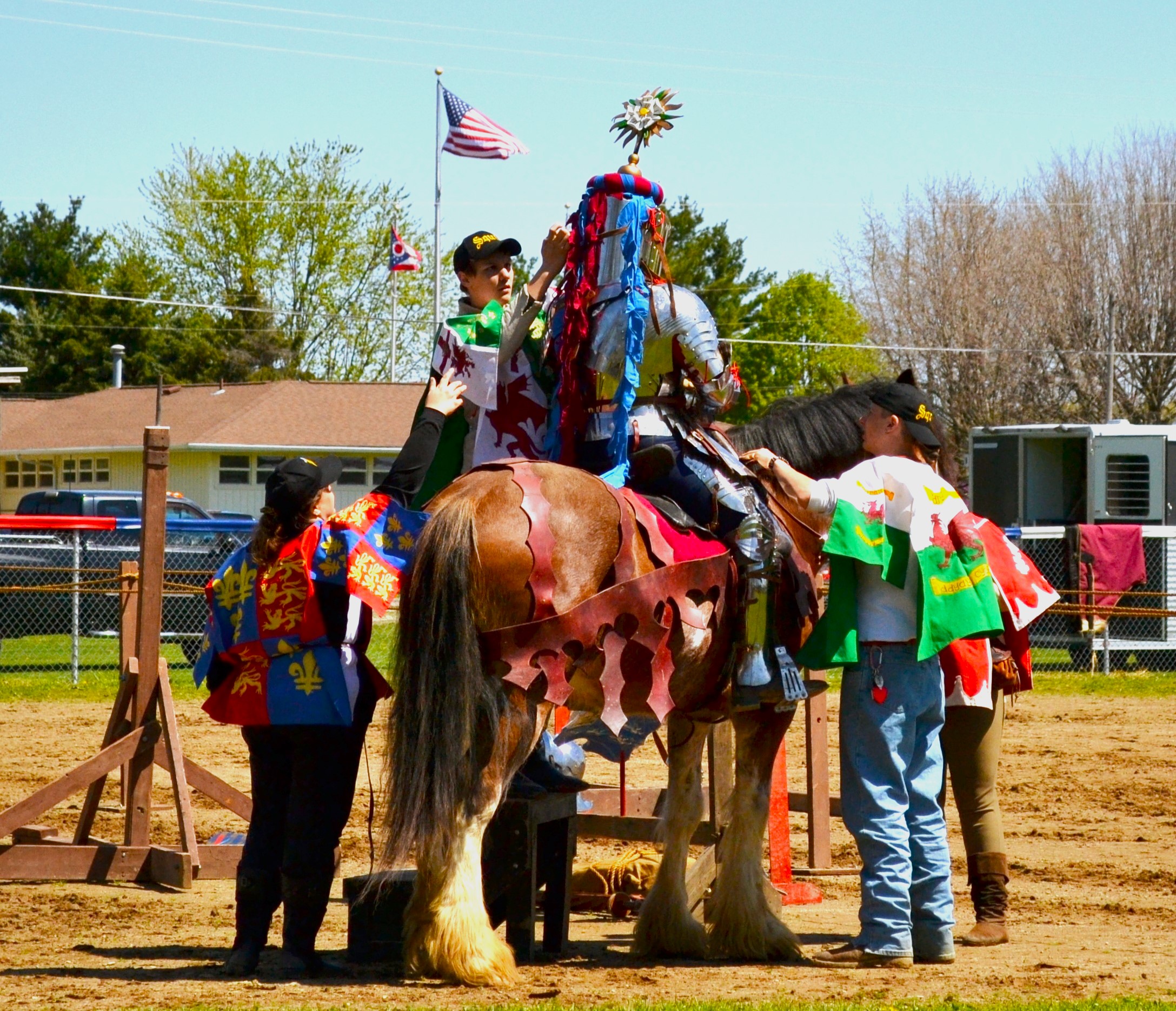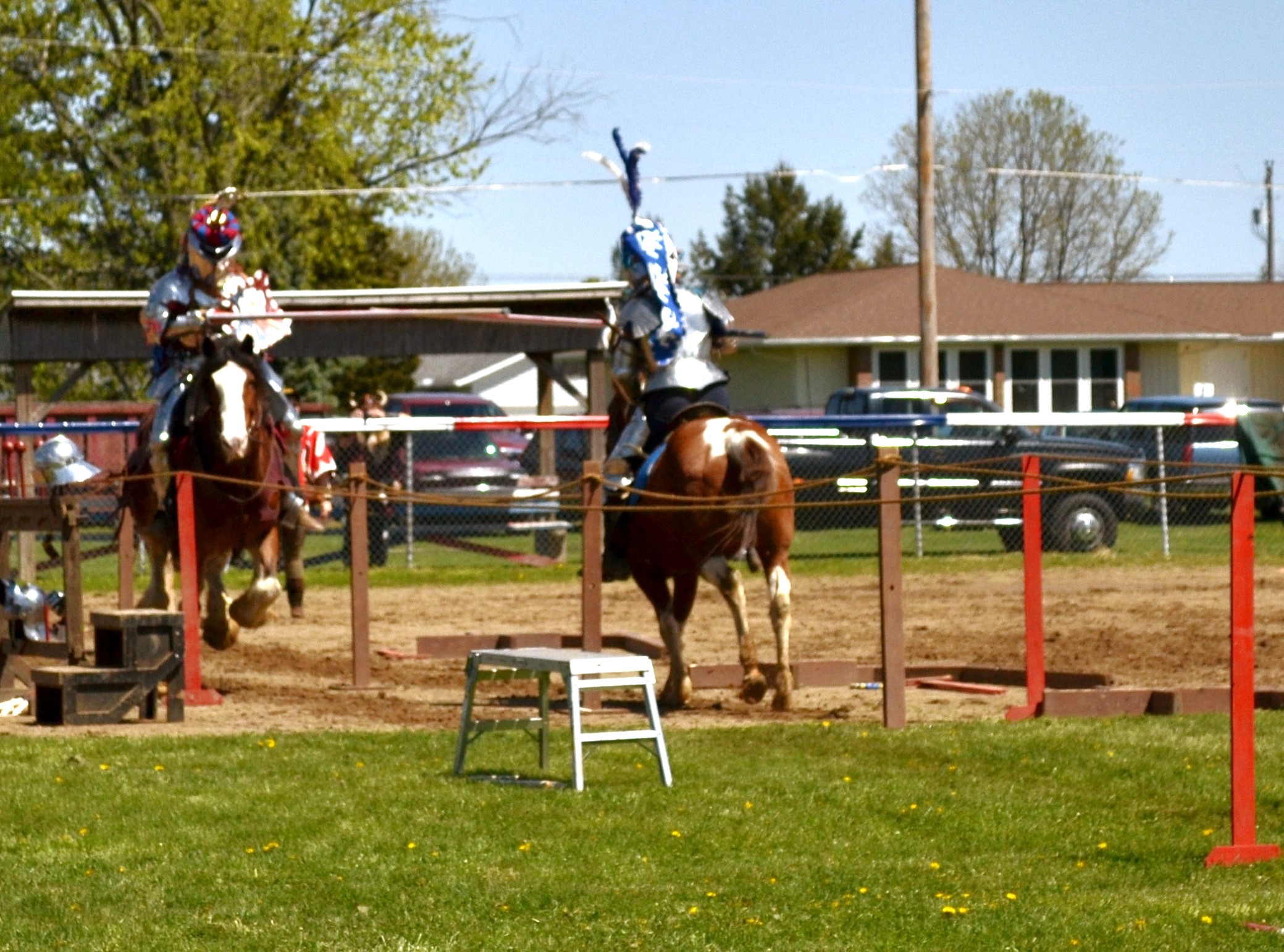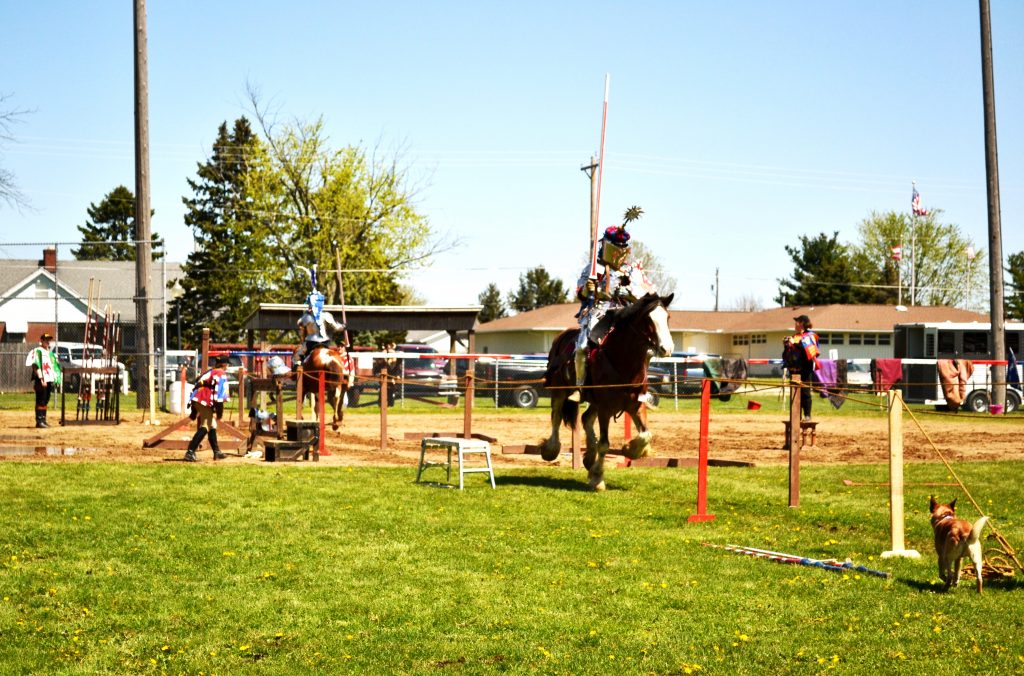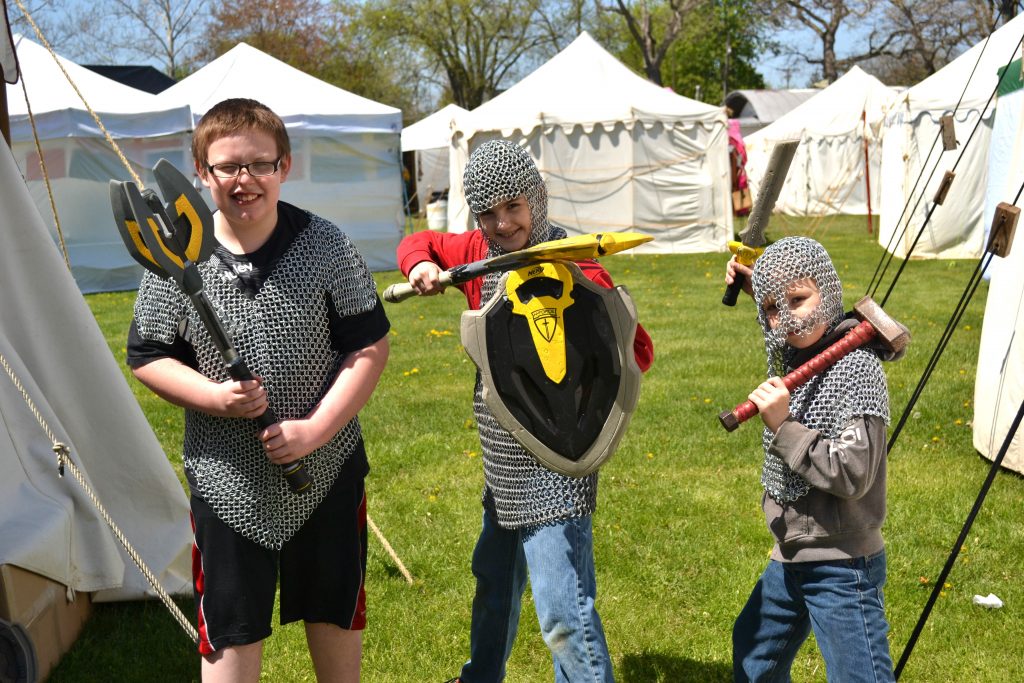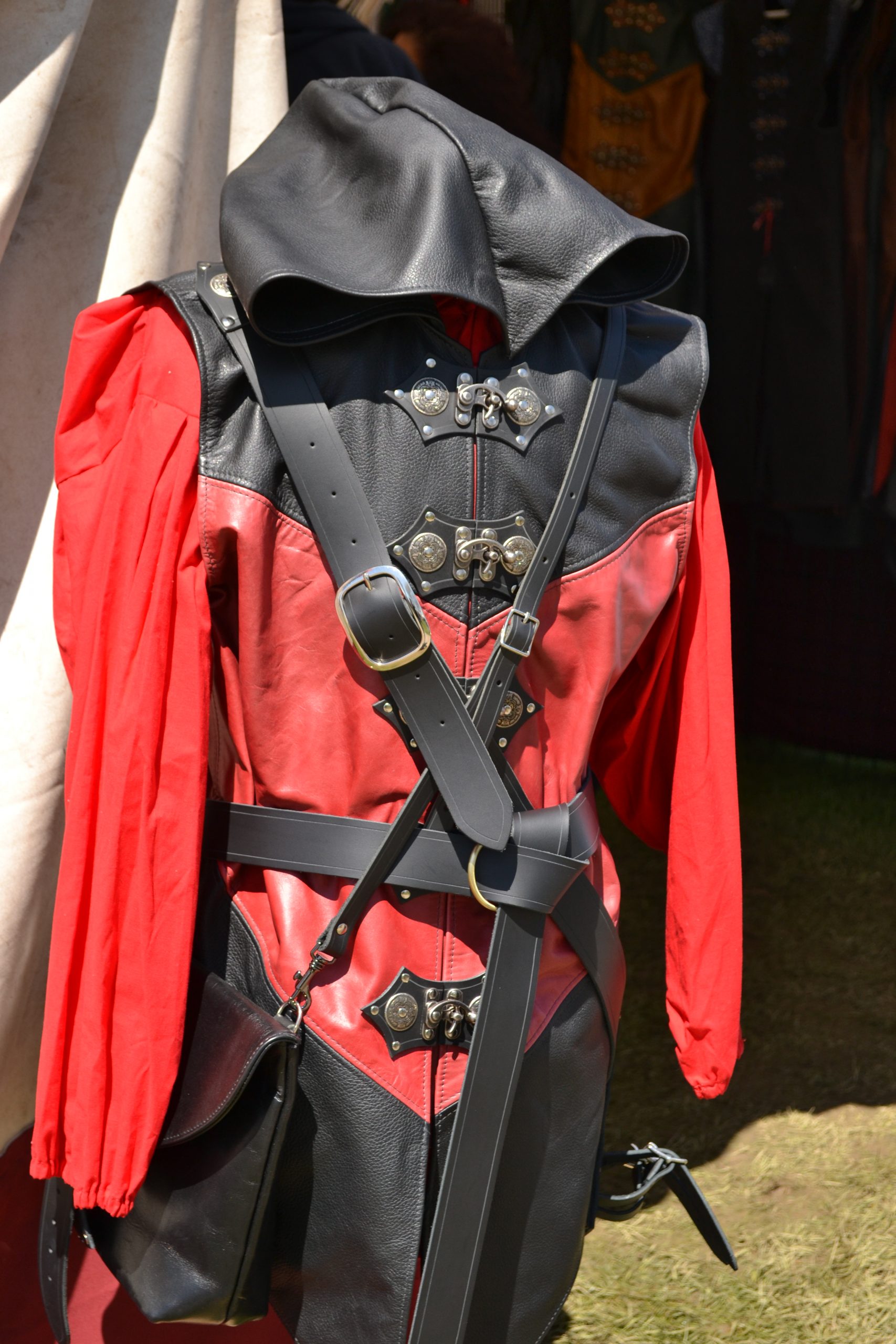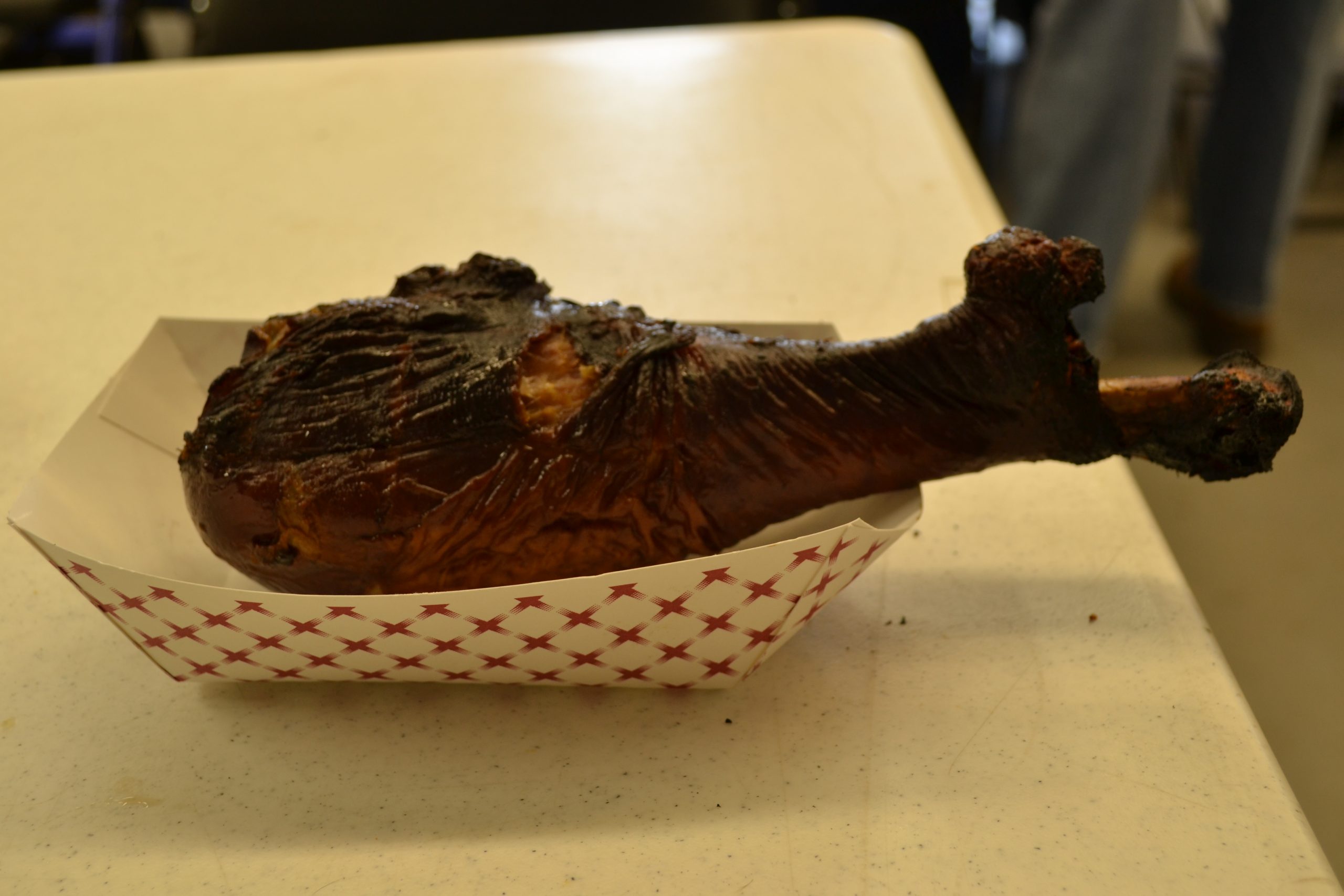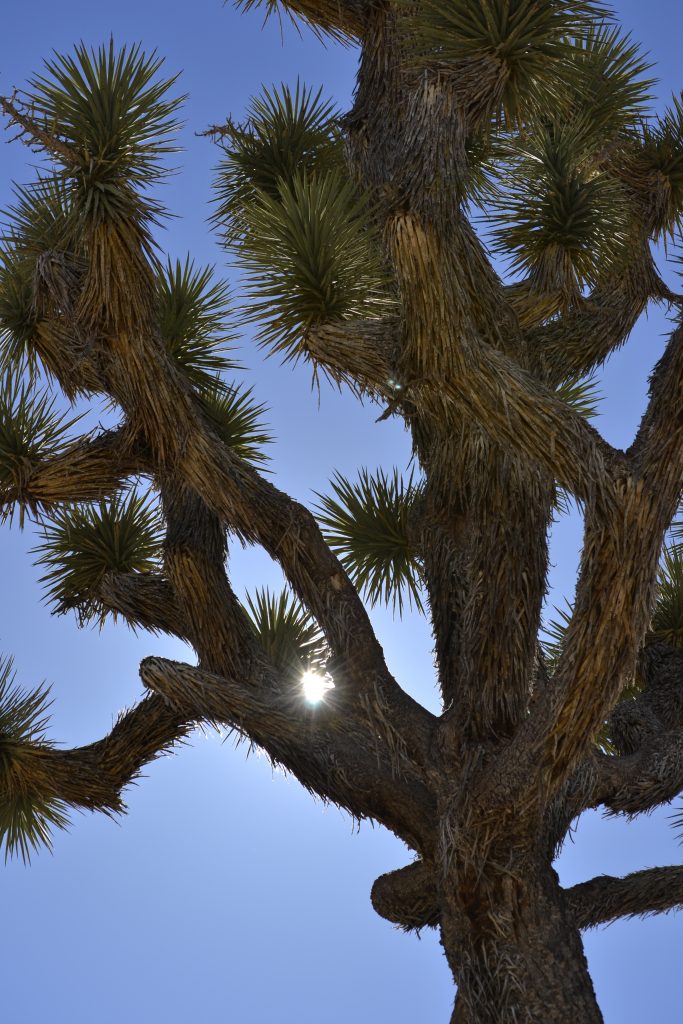
My last visit to Joshua Tree National Park was last November, a perfect time of the year for a hike. The weather had begun to cool down in comparison to the summer heat and I was ready to set out for an amazing adventure. There are so many fabulous parks in southern California where you can feel like you are the only one in the world. This is one of them. The surroundings are just as unique as its unpredictable environment that each visit can bring about a whole new experience.
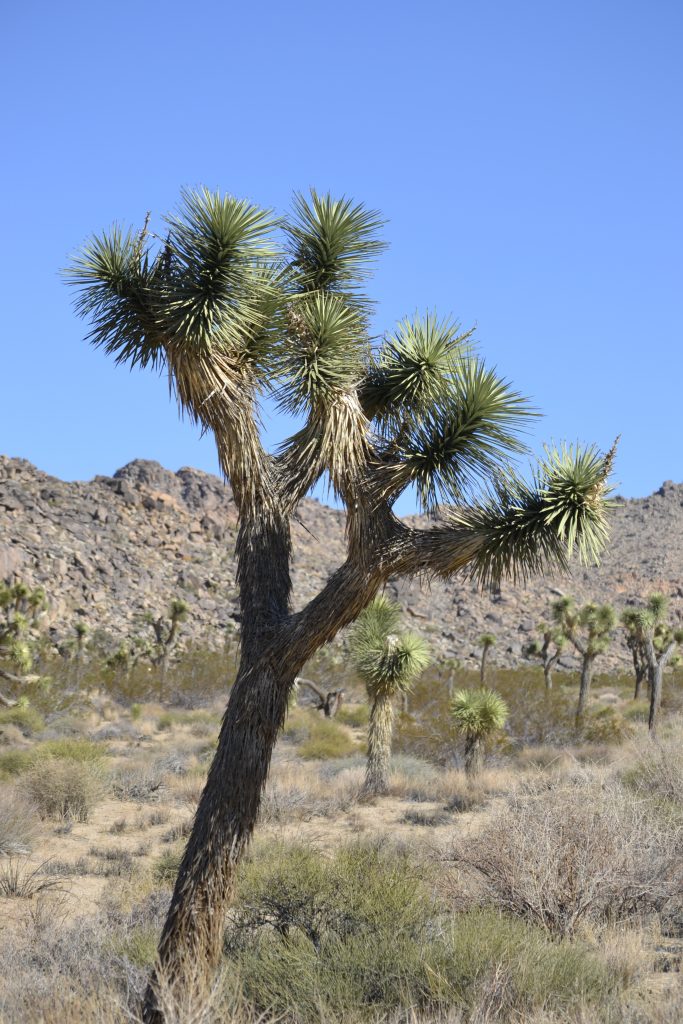
The whimsical Joshua Tree, for which the park is named, is an indigenous plant that reminds me of a furry cactus with starburst pompoms. These plants were used by the American Indians for food (their seeds and flower buds), household items and clothing (baskets and sandals).
The ground cover was scarce in most parts with clumps of brush, predominantly creosote bush. Colorful ocotillo and cactus were intermittently scattered throughout the vast expanse of the desert.
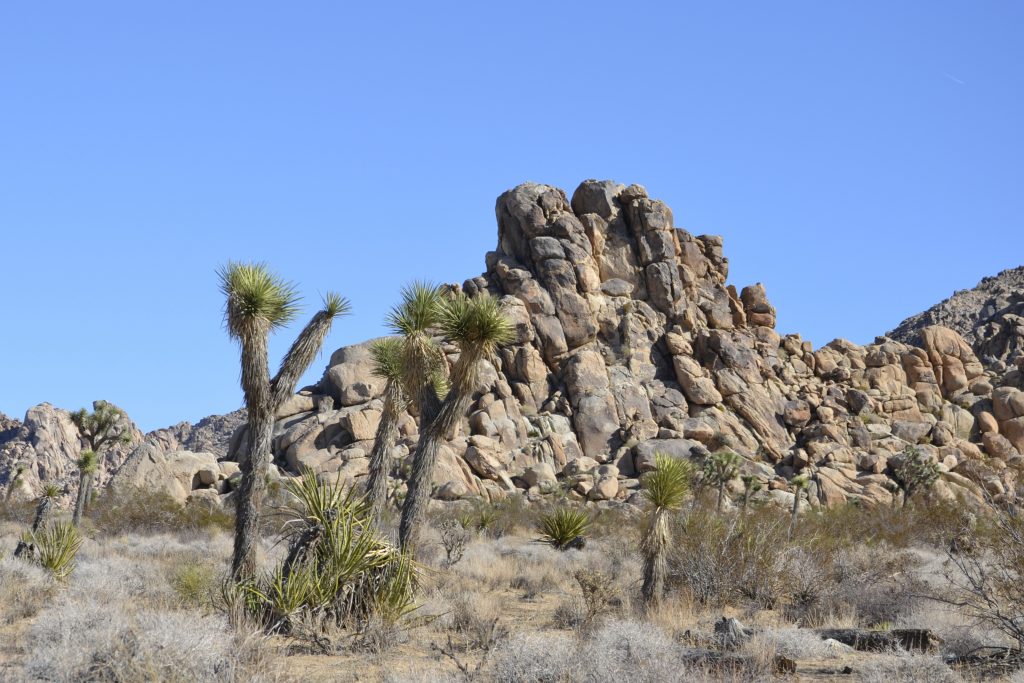
In addition to the Joshua Tree, what I found so fascinating about this park were the endless rock formations and twisted boulders shaped by geologic forces. According to the national park, these rocks rose from the ground beneath as a result of volcanic activity. As the boulders were pushed up from the earth, they cooled down and crystallized. Over time, the water from the ground rounded the edges and widened the cracks, resulting in heaps of monzogranite that look similar to toy blocks in a stack.
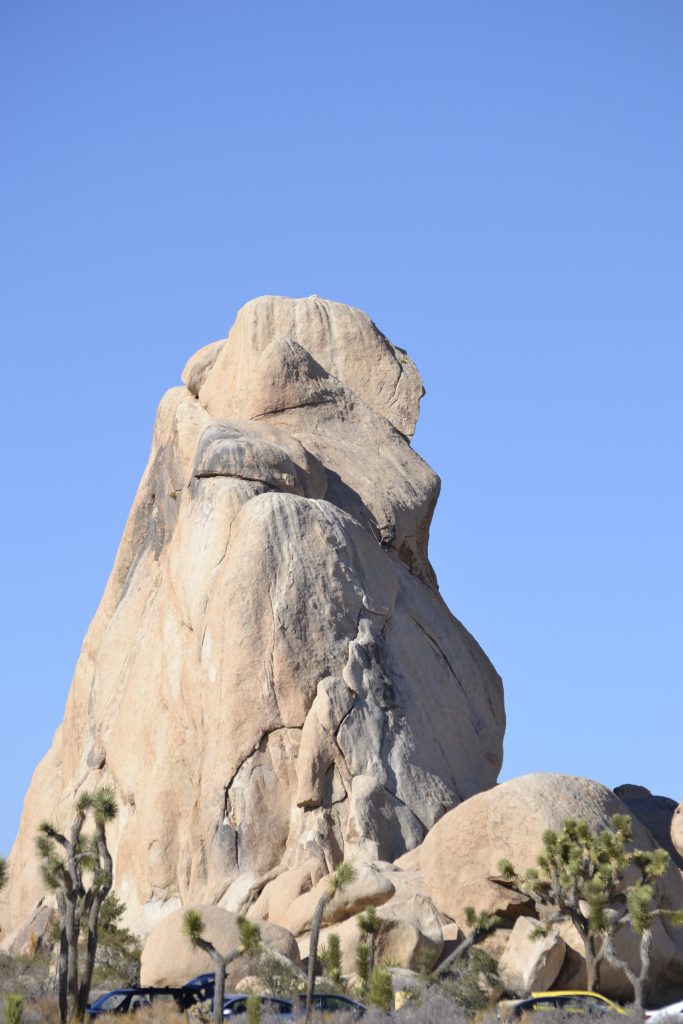
During the scenic drive, I took the time to find images in the rocks. If there was a large pile of them, I would pull over to see what shapes and figures appeared out of the monoliths. I had imagined a variety of objects from eagles, rabbits, horses and even people.
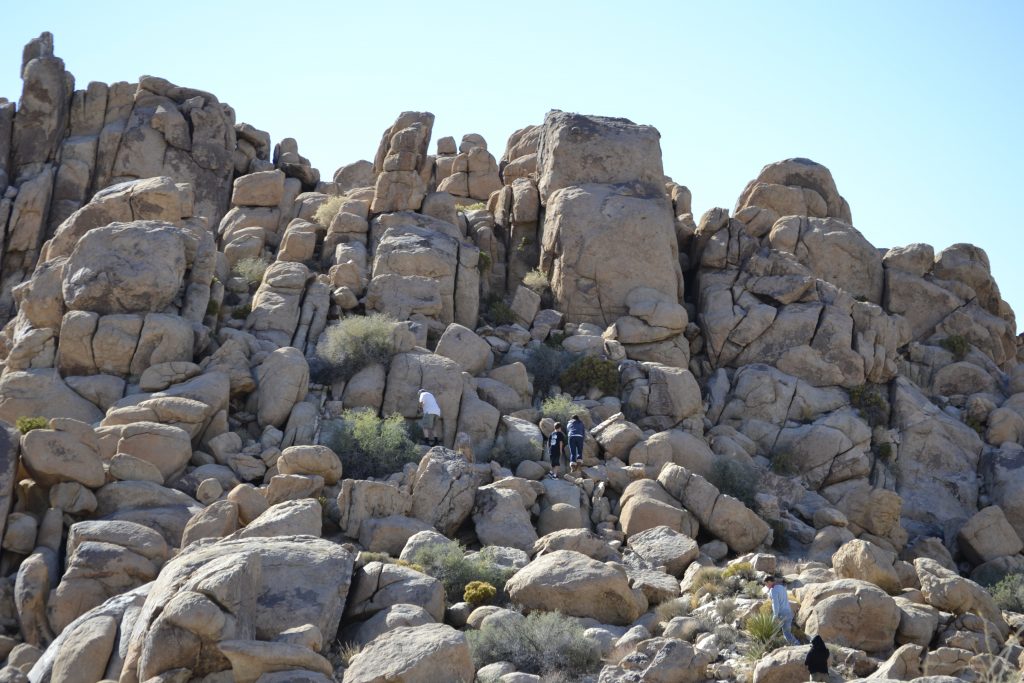
About halfway to Barker Dam, I met up with a rock climber to see if I could make the climb. I felt safe with the guide I hired, knowing that he would be there in the chance that I slipped and fell. We met in a safe location and one that was not too difficult for a first try. I was surprised that the rocks, for the most part, were fairly stable. It was exhilarating to reach the top and look out into the distance of the park. I wished I would have done this sooner.
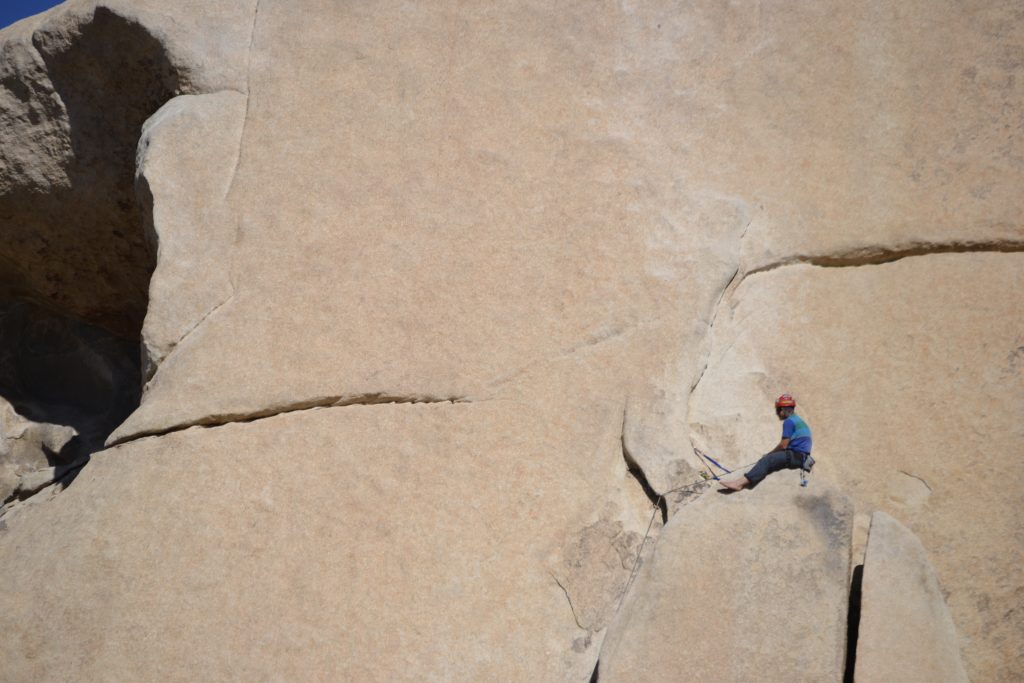
Many people come to Joshua Tree National Park for a variety of outdoor activities. During my scenic drive I noticed bikers, hikers and the occasional rock climber. This is a perfect location for rock climbing and there are a few outfitters available to take out the adventurous for an adrenaline-filled afternoon. I hired an excellent guide from Joshua Tree Outfitters, who was specialized in working with novice climbers.
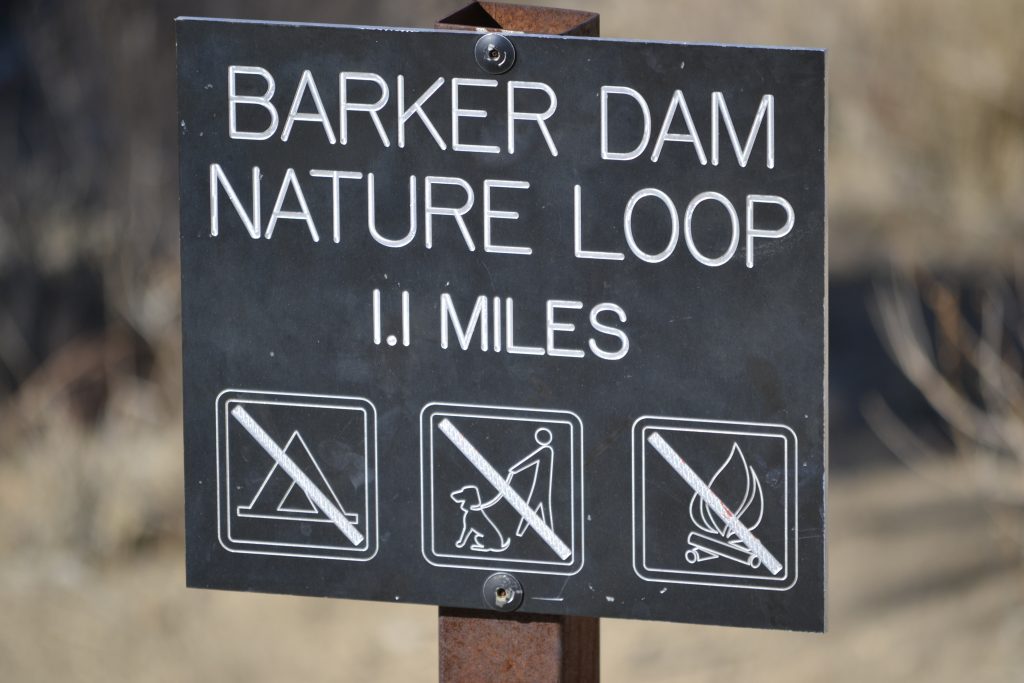
I had also set aside some time for a hike, so I decided on the Barker Dam Nature Loop, just over a mile long. This trail took me through parts of the desert where cattlemen built dams as a water source for their livestock back in the 1800s. Later, miners arrived in search of gold until the 1930’s when the land was parceled out to homesteaders.
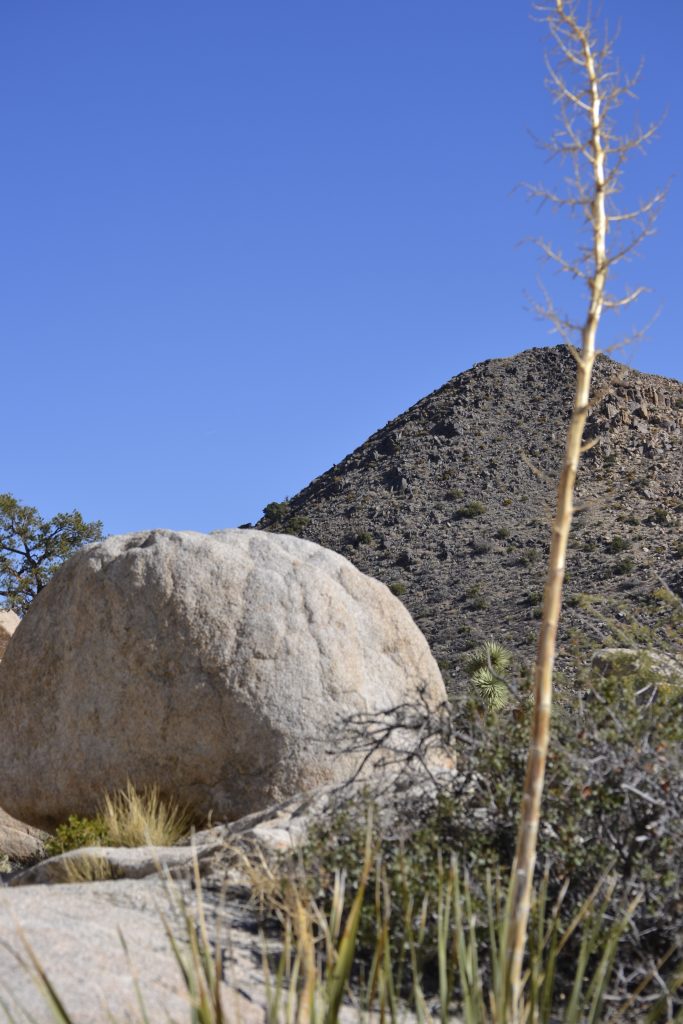
I enjoyed the vast diversity of hiking the trail with rock formations that took on a wide variety of shapes. The dried out flora and fauna were at the mercy of the hot sun. and trees provided a brief solace from the scorching heat.
The landscape was extremely spacious with small rocks and boulders, while hills in the distance were low lying and desolate. The hike remained unsteady with stones until I finally reached the dam. I tried to look down into the wall but there was not a way for me to approach it any closer without falling over the edge.
I was nearing the end of the trail when a boulder appeared in the middle of nowhere. As I closed in on the site, I noticed there were petroglyphs painted in red and black. I learned that there were actual Indian markings in the rocks, but they had been painted over and were not authentic.
My day at Joshua Tree had come to a close and as I was crossing the parking lot, I saw a little chipmunk dart out from one underneath a car. There is nothing better than seeing animals in their natural habitat. Such a highlight of my day. An area slightly larger than the state of Rhode Island, Joshua Tree National Park begs to be explored. Offering activities for all types of outdoorsmen, this is a wonderful way to explore the deserts of California. Have you visited Joshua Tree National Park? I would love to hear about your experience if you would kindly leave a message in the comments section below! Many thanks for following my journey through Joshua Tree National Park! Wishing you many Happy Travels!! What to See and What to Do: Joshua Tree National Park
Where to Stay: Hilton San Diego Bayfront Where to Eat: Parq Restaurant There were so many amazing items on the menu such as oysters, gnocchi, mussels and my favorite, the Charcuterie Board! Since I was taking clients out for dinner, we ordered each one and shared…perfect for four. What to Eat:
What to Read:
Photo Guide for San Diego:
One of my favorite photos of Joshua Tree National Park
More Petroglyphs |
